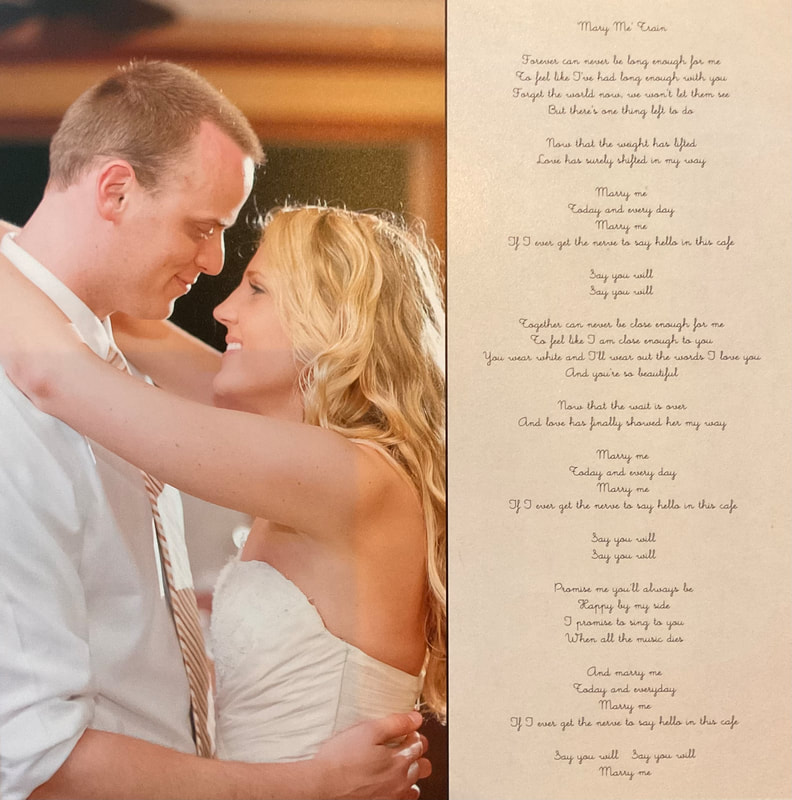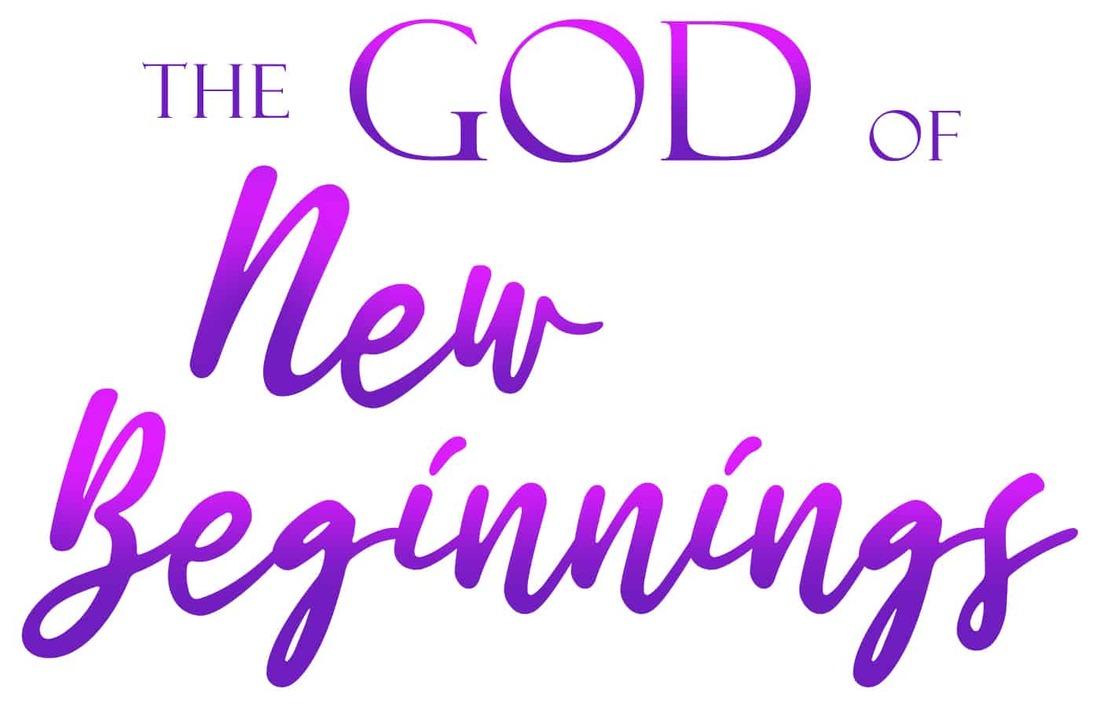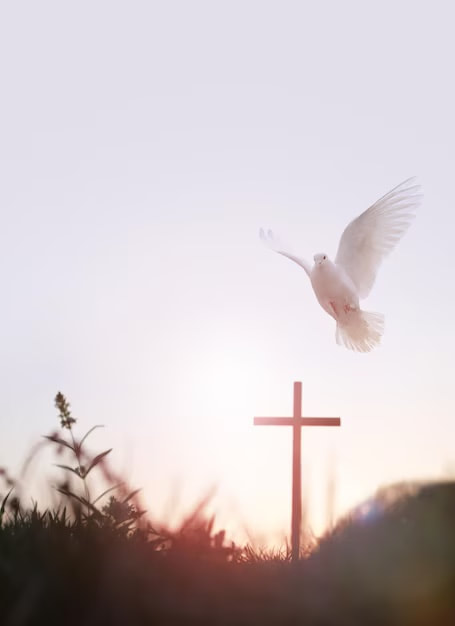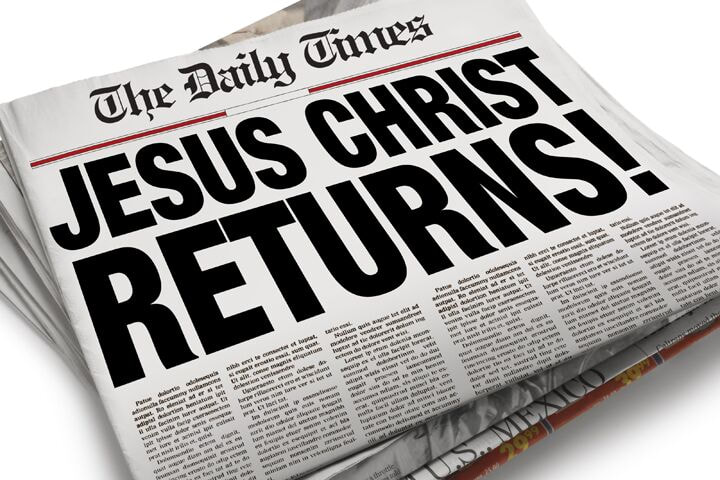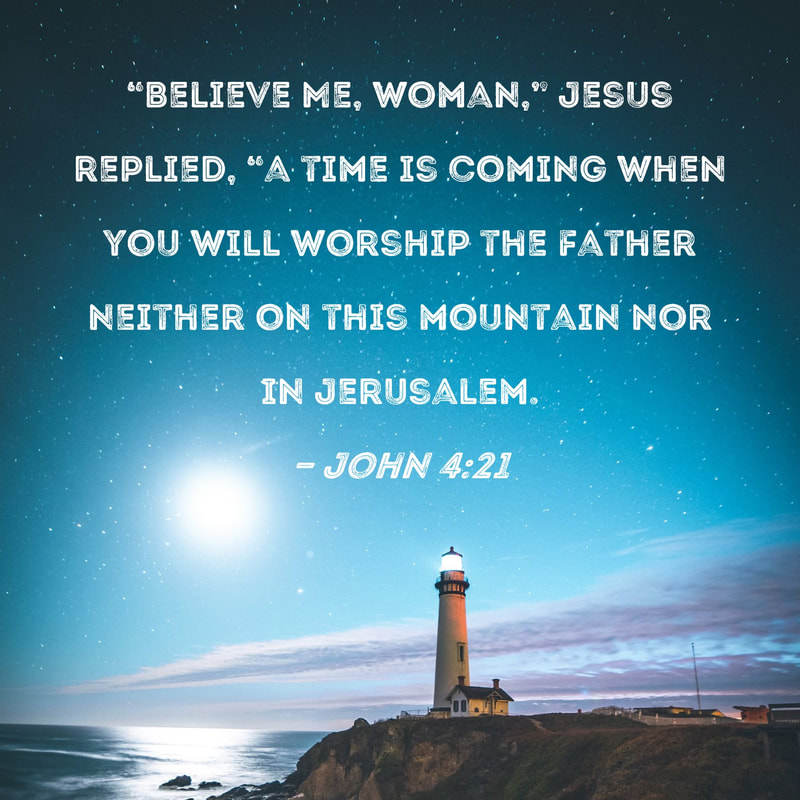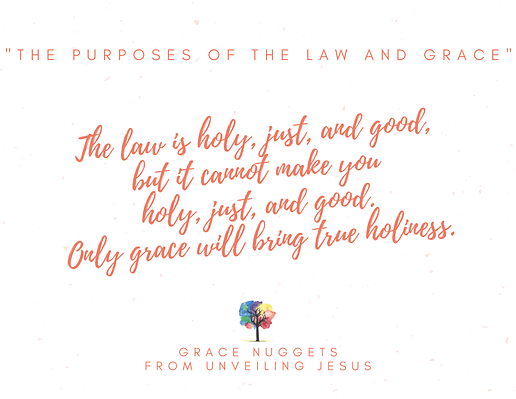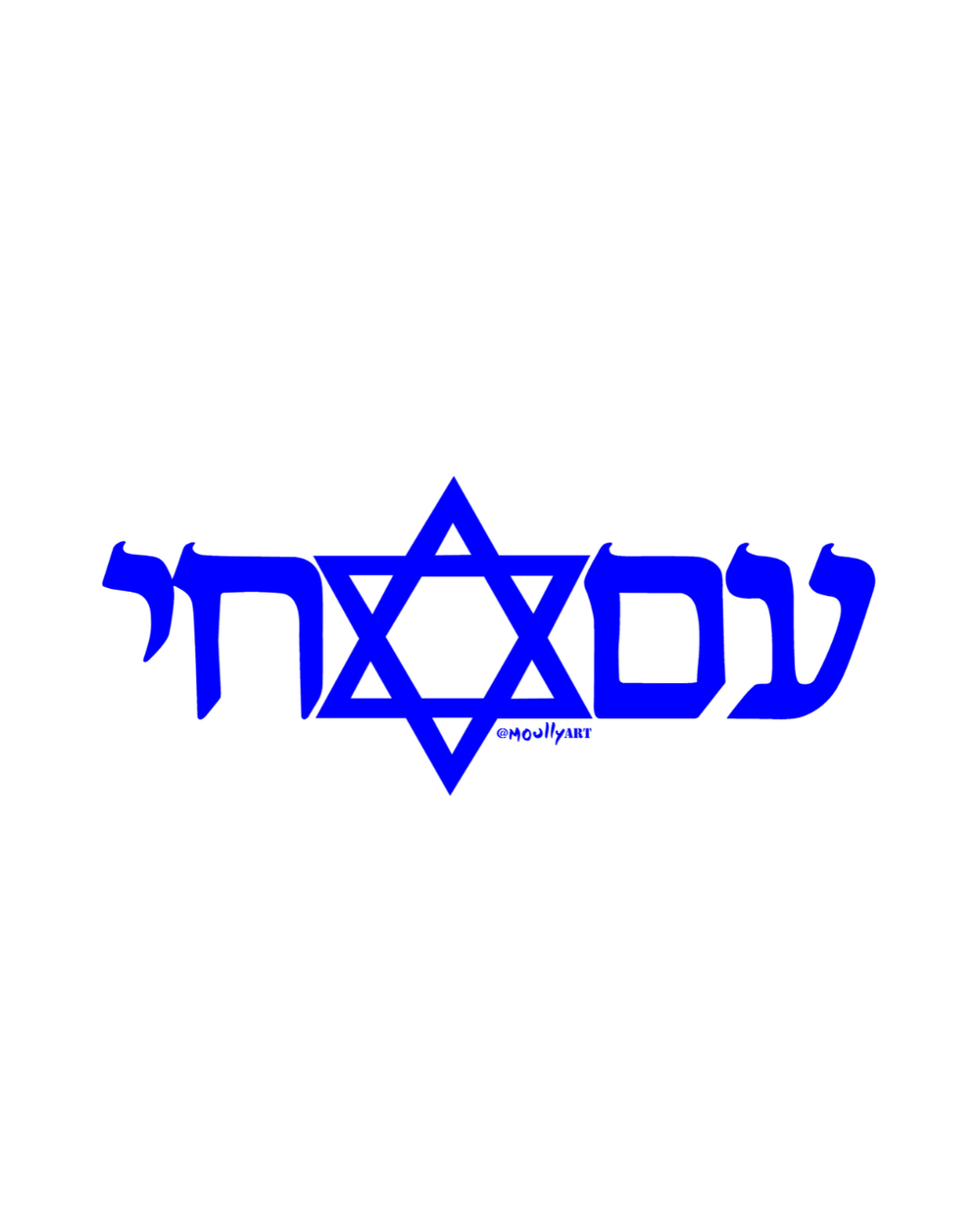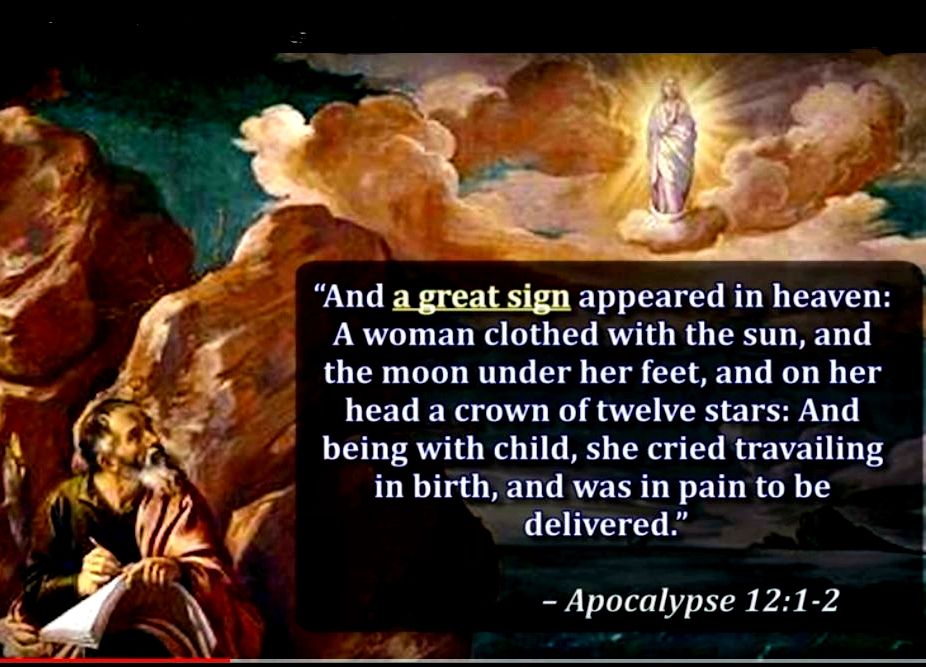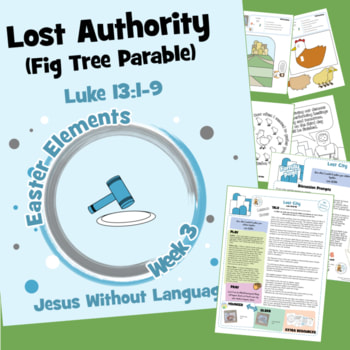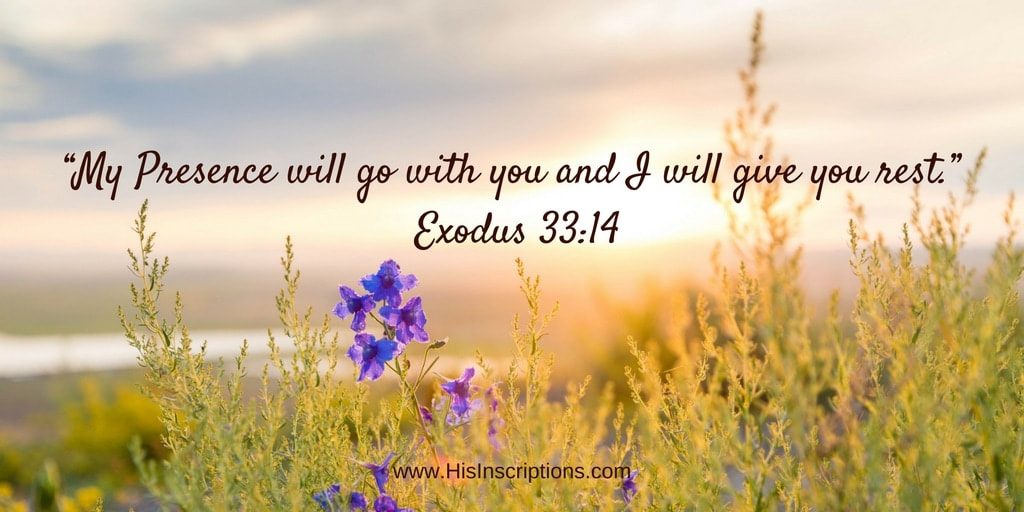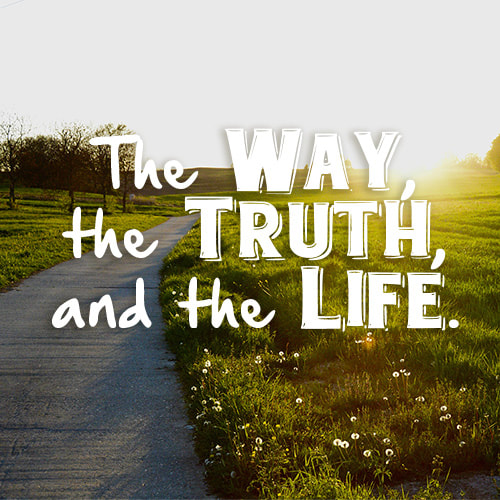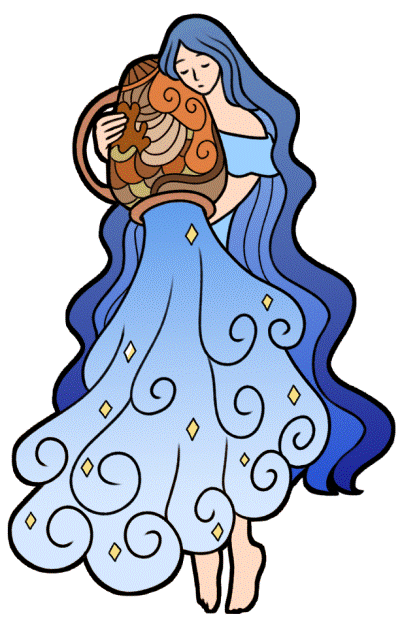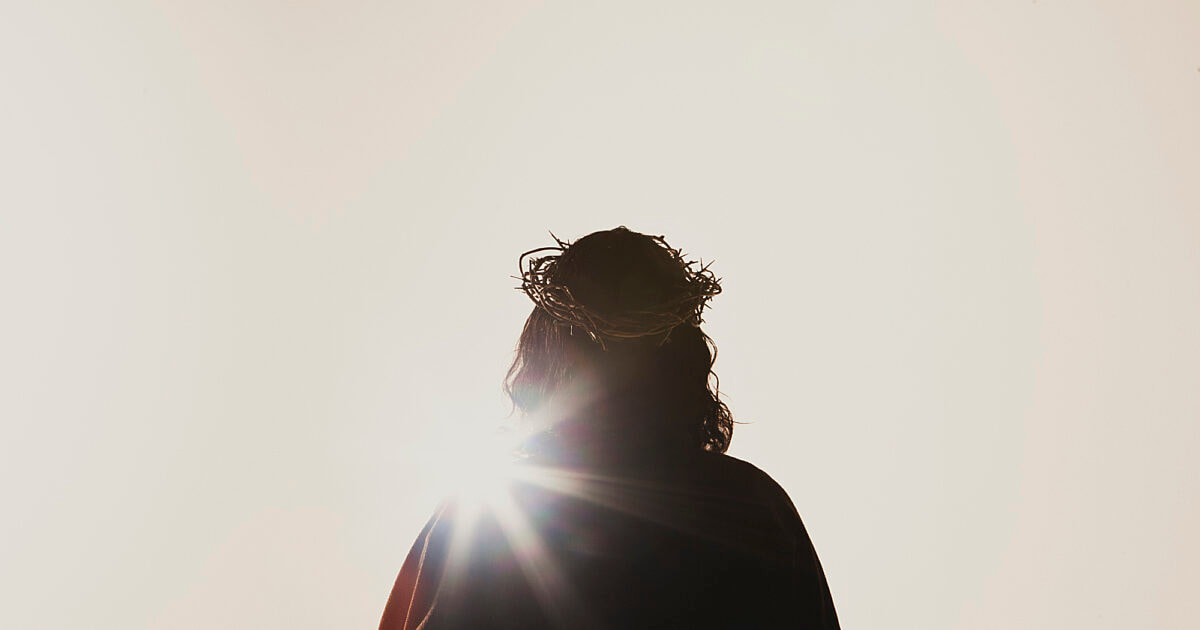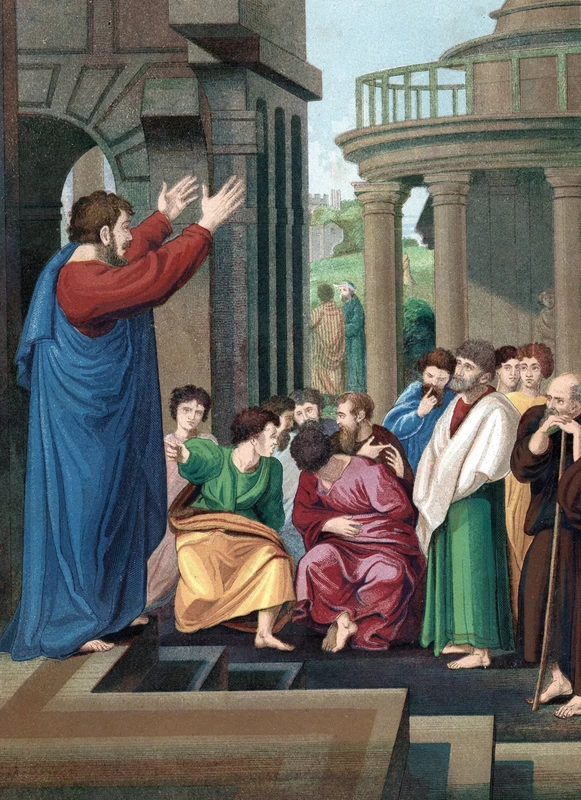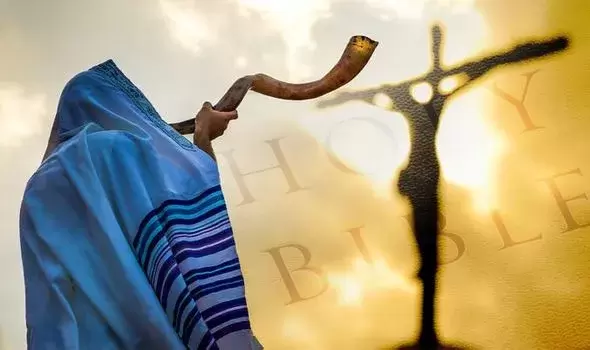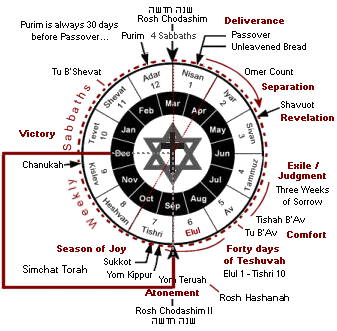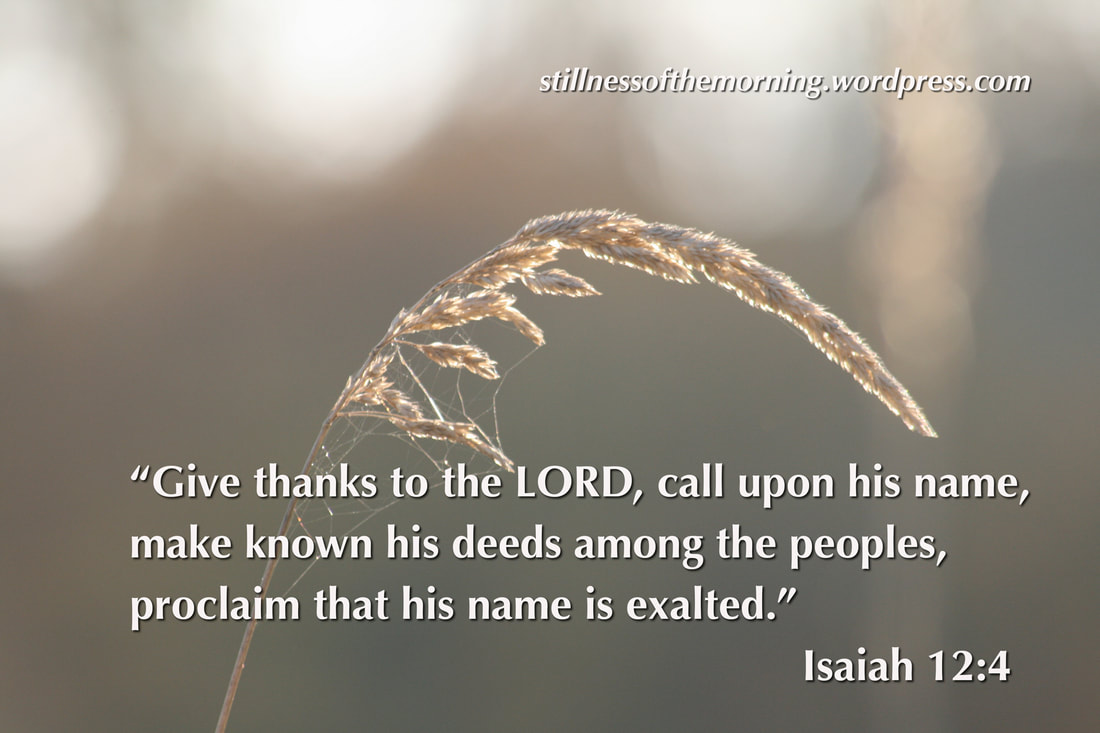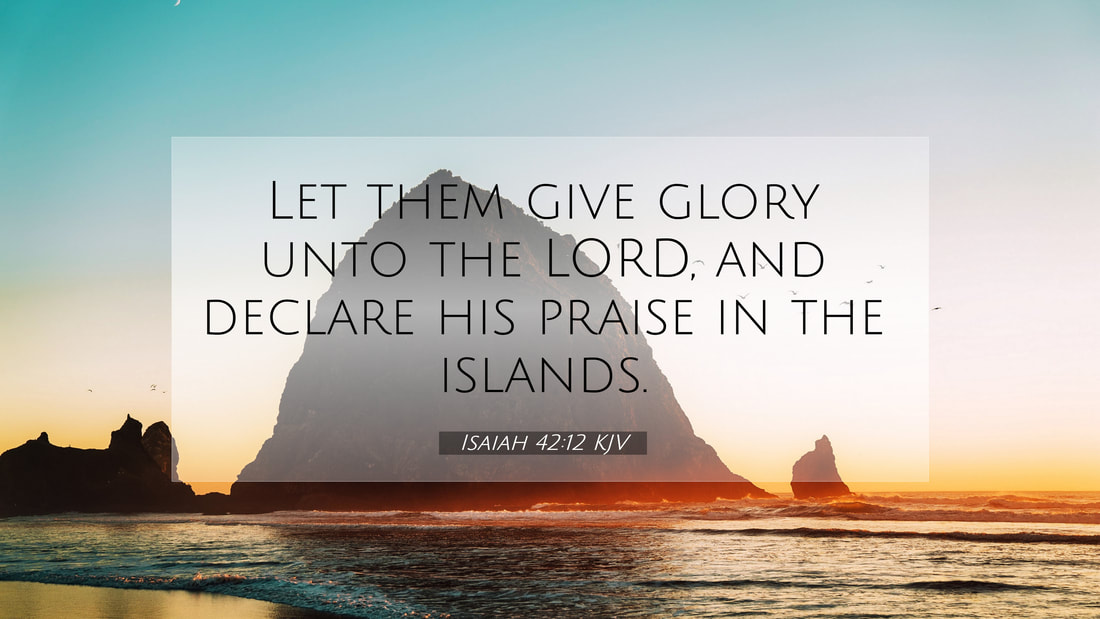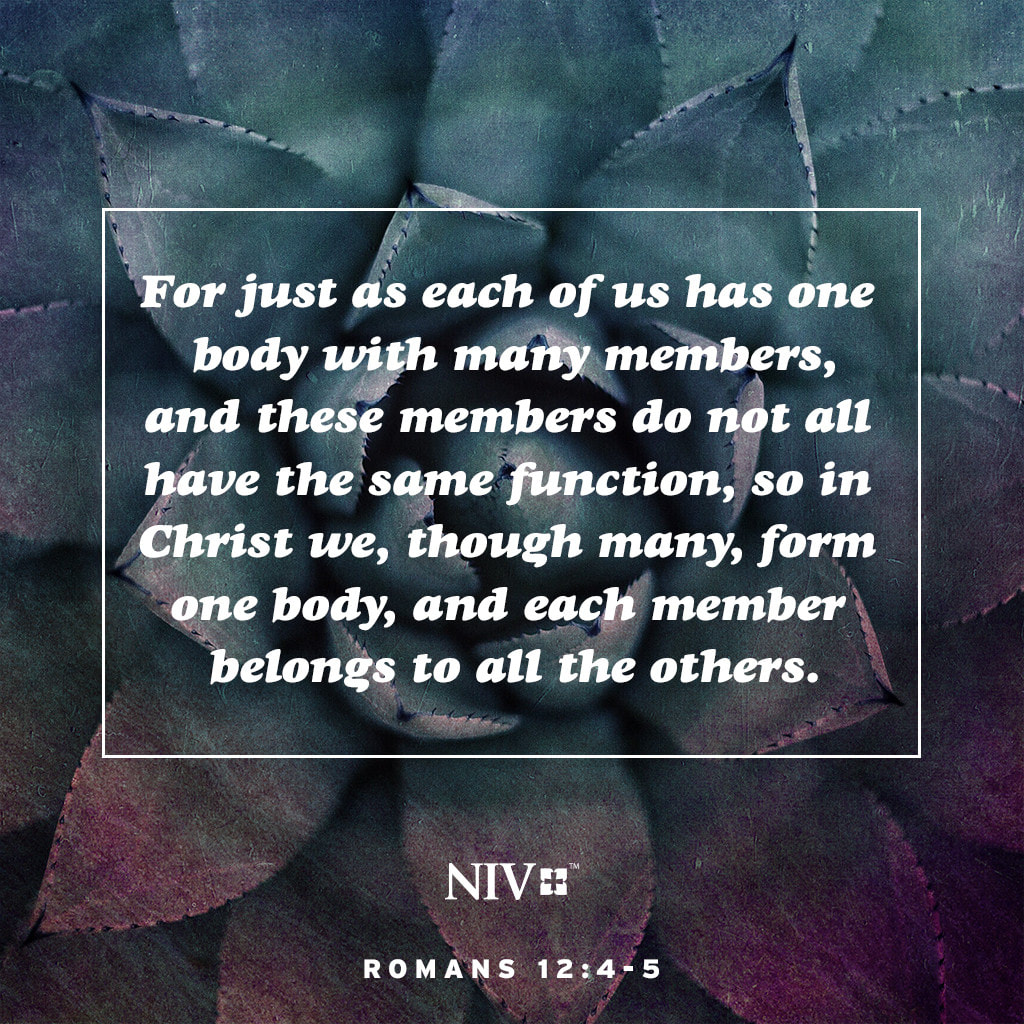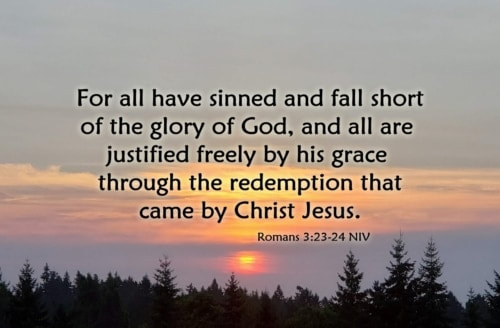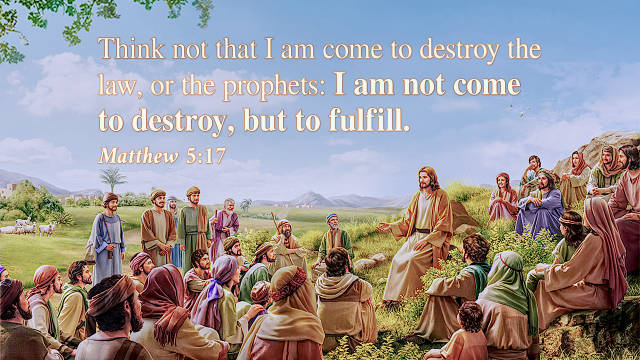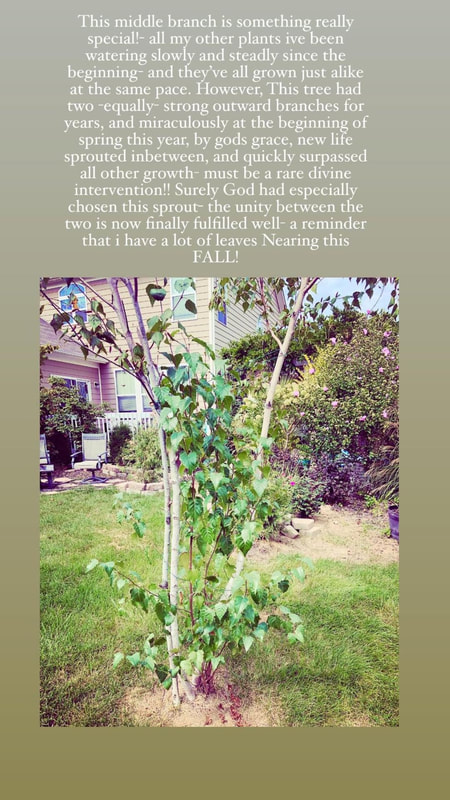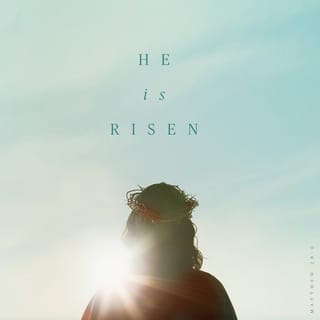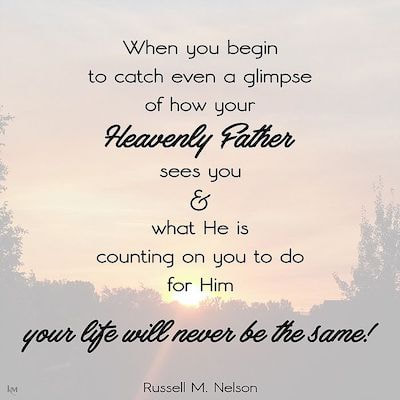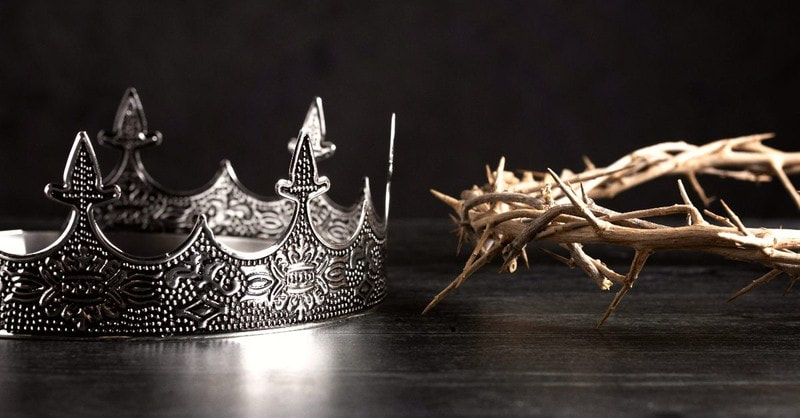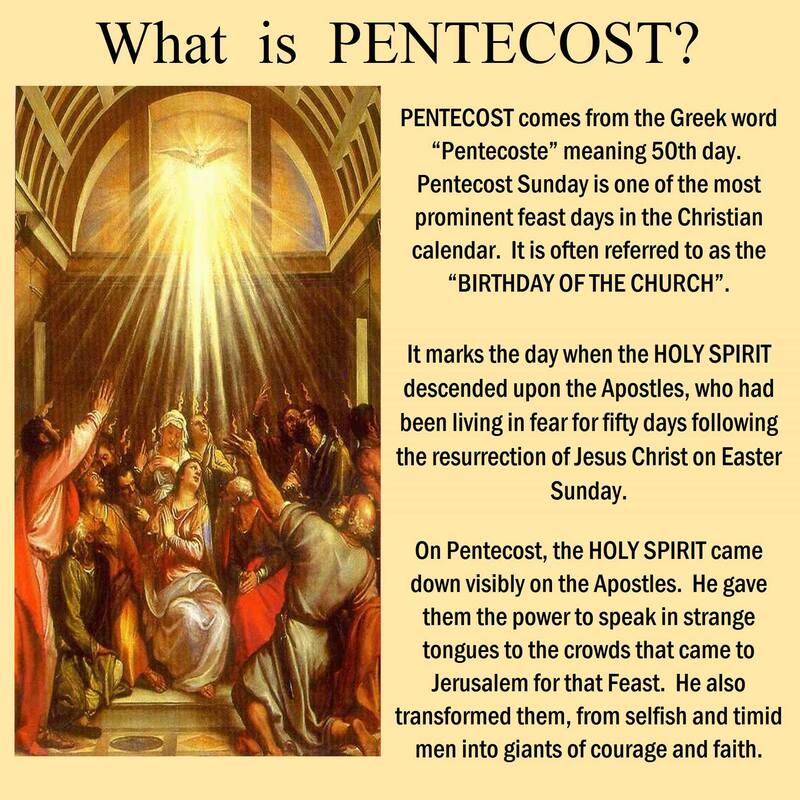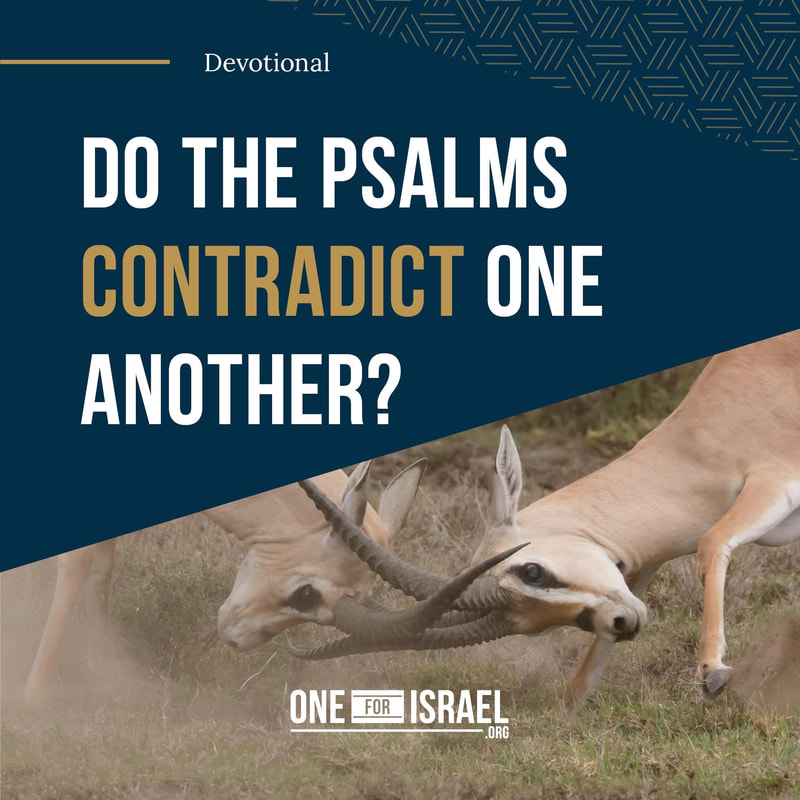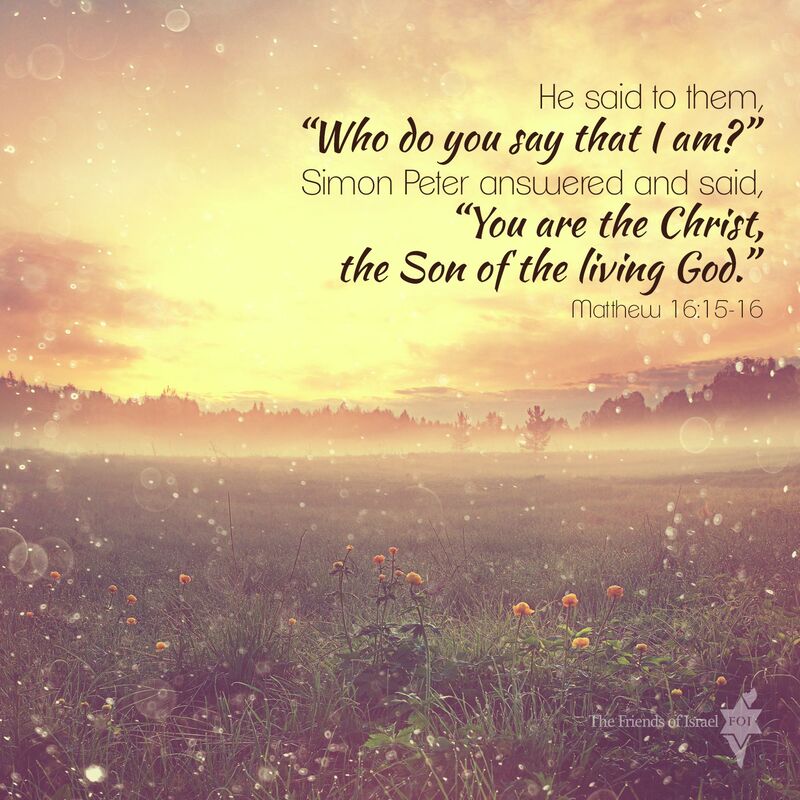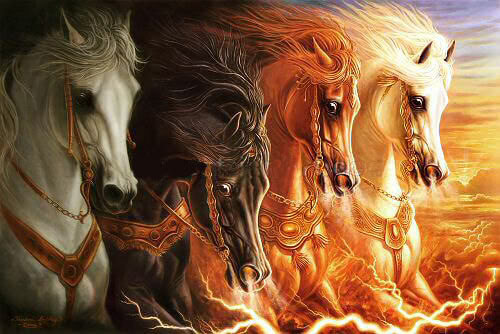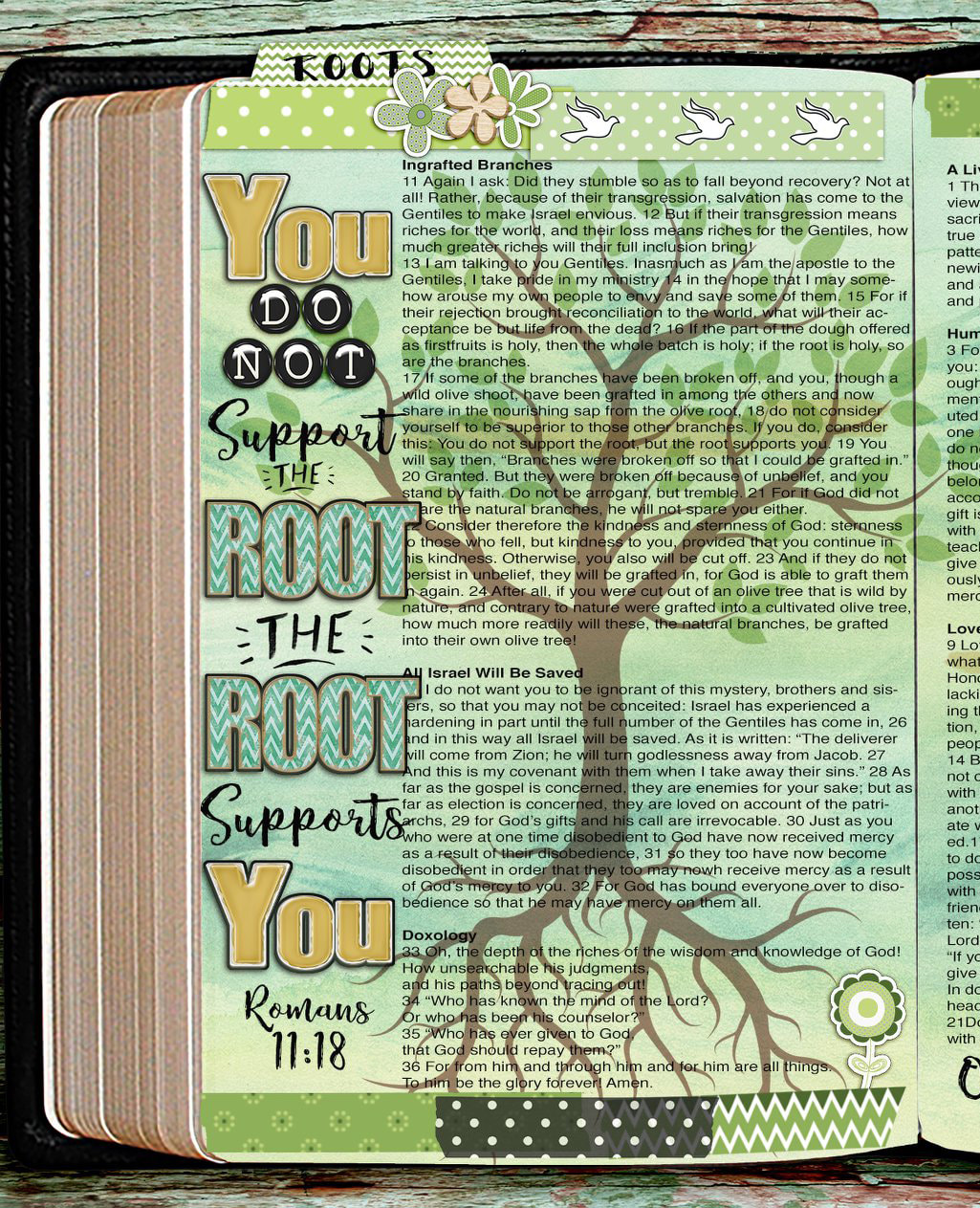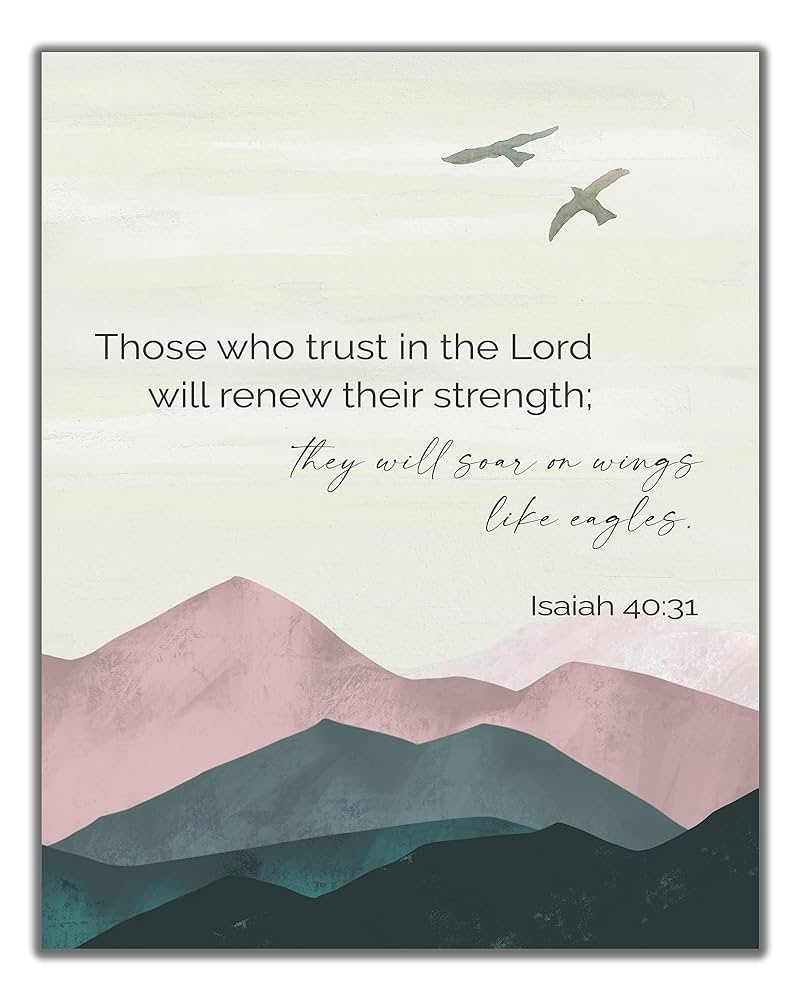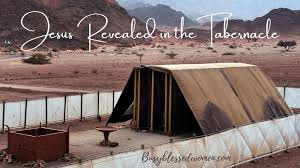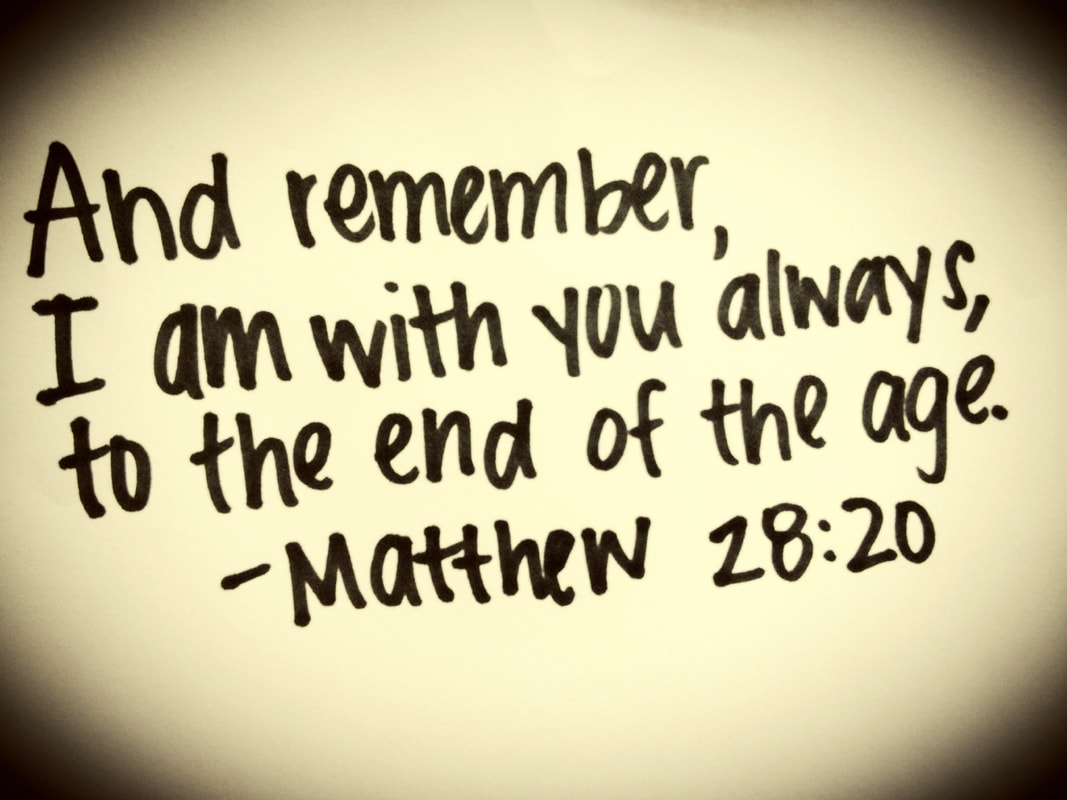|
Learning to lean into God in the wilderness gives us incredible freedom to weather whatever storms may come after that It’s an uncomfortable process, but the result is priceless Once we have learned how to find our home in Him, we find somewhere we can always go back to, no matter what our situation Like a rubber band, we can return there over and over again whenever we need refuge. When we find our home in God, we can never be homeless! He will be with us, and we will be in Him no matter what may come. God is building in us a liberty that cannot be taken away. Psalm 91 begins like this: He who dwells in the shelter of the Most High will abide in the shadow of the Almighty יֹשֵׁב, בְּסֵתֶר עֶלְיוֹן; בְּצֵל שַׁדַּי, יִתְלוֹנָן Dwelling in the shelter of the Most High, abiding in the shadow of the Almighty The word “beseter” (בְּסֵתֶר) means in the Secret Place, His secret canopy… our hiding place Dwelling and abiding… the idea of “living in God” is key to this famous psalm about the Protection of God There are several different Hebrew words to convey this idea, but it all really made me think of this passage about God being our dwelling place in Deuteronomy: “There is no one like the God of Jeshurun, who rides across the heavens to help you and on the clouds in his majesty The eternal God is your refuge [dwelling place], and underneath are the everlasting arms.” (Deuteronomy 33:26-27) When it says the eternal God is our “refuge” or “dwelling place”, the word used is the same root word for the dormitories at university —מעונות / mayonot. God Himself not only provides shelter, but He IS our shelter A safe place for us to live. He covers us with His wings, and underneath are the everlasting arms. We are safely tucked in from every direction! This strong thought link between Psalm 91 and Deuteronomy 33 makes a lot of sense when we realize it’s by the same author—Moses. Many psalms state at the start who wrote them, but Psalm 91 just launches right into the song. However, Jewish tradition has long since held that it was written by Moses, following Psalm 90 which gives Moses as the author. Hebrew manuscripts are silent on the matter but the Septuagint attributes Psalm 91 to Moses.1 And Moses knew a thing about moving around and not fitting in anywhere. He knew how to make God his home. In Psalm 90 he wrote, “Lord, you have been our dwelling place in all generations” (Psalm 90:1) It’s that same word he used in Deuteronomy 33:27, מָעוֹן: dwelling place Making our home in the secret place with God is finding a hiding place we can always go to, a secret place where we can rest in safety under the shadow of His wings. A place we can finally exhale and relax. Psalm 91:9 tells us that making God our refuge is something we can consciously decide to do, just as Moses did. How? We need to believe Jesus when He says He’s going to prepare a place for us in His Father’s house (John 14:1-3). We need to relinquish all hope of this world being our home. We find shelter and care in the arms of God. He is our protector and provider. FOREVER HOME Moses and the Israelites had been on the move with no permanent place for decades. Everyone needs home and shelter. It’s a very basic human need. The Israelites lived in tents and had a form of home and shelter, but it’s not the same as a permanent place to rest. They had been promised a place, an amazing land of bounty and blessing, but it must have seemed like a mirage after a while. The longing to rest and put down roots is deep and primal, and it is well understood by the God of Jeshurun But the wanderings in the desert were an invitation, beckoning Israel to find their rest in God He can capitalize on our cravings to draw us closer to Himself This call to the wild where intimacy with God can grow is a theme we see in other places too, such as Jeremiah 2 and Hosea 2… and Song of Songs gives the picture of the end result: Who is this coming up from the wilderness leaning on her beloved? (Song of Songs 8:5) Learning to lean into God in the wilderness gives us incredible freedom to weather whatever storms may come after that. It’s an uncomfortable process, but the result is priceless. Once we have learned how to find our home in Him, we find somewhere we can always go back to no matter what our situation. Like a rubber band we can return there over and over again, whenever we need refuge. When we find our home in God, we can never be homeless! He will be with us and we will be in Him no matter what may come. God is building in us a liberty that cannot be taken away. Home is where we are loved unconditionally, where we are fed and comforted. Let God comfort you and forsake all other comforts. He’s much better at it anyway. Living under the shadow of His wings is a place of joy, acceptance, grace and forgiveness. Bury your head in the Bible and keep calling home. Stay in touch throughout the day. Call Him when hard things happen—or good things—or if you need advice. Making God your refuge liberates because you can be literally anywhere, and yet at home. Like Moses. TABERNACLING WITH GOD Moses wrote Psalm 91 the day before the Tabernacle of God went up in the desert, when God’s tent was surrounded by the tents of His people encamped all around Him. The Feast of Tabernacles, or Sukkot, also speaks of this concept: “You shall dwell in booths for seven days. All native Israelites shall dwell in booths, that your generations may know that I made the people of Israel dwell in booths when I brought them out of the land of Egypt: I AM the Lord your God.” (Leviticus 23:42-43) The last feast in God’s calendar is the Feast of Tabernacles where the people of Israel were to construct booths and spend time in them for a week to remember the way they had tabernacled with God for 40 years in the desert Even today in Israel you see these sukkot, or tabernacles, popping up all over the place in the Jewish month of Tishri. Jewish people in Israel and abroad spend time in sukkot at this time of year, rejoicing and feasting with family, remembering the history of our people. On one hand it reminds us of the fragility and temporal nature of this life, and on the other it reminds us of the precious time of fellowship where God was so close and evident every step of the way, dwelling in the midst of Israel with His tent in the middle of all the tribes of Israel PROTECTION AND PROVISION The people of Israel endured hunger, thirst, danger and trouble on the way to the Promised Land, but God provided and protected again and again with incredible miracles. This is true of all God’s people everywhere, both Jew and Gentile, on our way to be with God and to live with Him forever. There maybe trouble and difficulty along the way, but we can live with God, in God, under his shelter and care all the days of our life, till we reach our forever home with Him in eternity And He will show us His salvation—His Yeshua He who dwells in the shelter of the Most High will abide in the shadow of the Almighty I will say to the Lord, “My refuge and my fortress, my God, in whom I trust.” For he will deliver you from the snare of the fowler and from the deadly pestilence. He will cover you with his pinions, and under his wings you will find refuge; his faithfulness is a shield and buckler. You will not fear the terror of the night, nor the arrow that flies by day, nor the pestilence that stalks in darkness, nor the destruction that wastes at noonday. A thousand may fall at your side, ten thousand at your right hand, but it will not come near you. You will only look with your eyes and see the recompense of the wicked. Because you have made the Lord your dwelling place-- the Most High, who is my refuge-- no evil shall be allowed to befall you, no plague come near your tent. For he will command his angels concerning you to guard you in all your ways. On their hands they will bear you up, lest you strike your foot against a stone. You will tread on the lion and the adder; the young lion and the serpent you will trample underfoot. “Because he holds fast to me in love, I will deliver him; I will protect him, because he knows my name. When he calls to me, I will answer him; I will be with him in trouble; I will rescue him and honor him With long life I will satisfy him and show him my salvation” (Psalm 91) Horn of Salvation Birth of a King King David Loved Being in the Presence of the Lord In Psalm 23, David celebrated the intimate relationship he shared with God. The passage begins with a metaphor of the Shepherd (the Lord) leading His lamb (David), illustrating God’s close attention, guidance, and protection. The imagery deepens as David portrays himself as an honored guest and permanent resident in God’s house: “You prepare a table before me in the presence of my enemies. You anoint my head with oil; my cup overflows. Surely your goodness and love will follow me all the days of my life, and I will dwell in the house of the LORD forever” (Psalm 23:5–6). An ancient custom of hospitality and respect shown to esteemed dinner guests was for the host to anoint his invitee’s head with oil. The oil was mixed with fragrant perfumes to refresh and soothe weary travelers (see Jesus’ rebuke of a dinner host in Luke 7:46). Since the custom and its significance are unknown today, some modern translations replace the phrase with “you welcome me as an honored guest by rubbing my head with oil” (TEV) and “you honor me by anointing my head with oil” (NLT). In Psalm 23:5, David said to the Lord, “You anoint my head with oil” because he regarded himself as the Lord’s special guest. David had been invited to dine now and forever at the Lord’s table and to receive His favorable anointing. David recognized that his standing was not merely that of a short-term visitor who would be entertained once and then sent on his way. Nor would he be invited to return for a meal only occasionally. David rejoiced that he had been granted the high honor of a perpetual place setting at the Lord’s supper table. The statement “You anoint my head with oil” also symbolized David’s gladness of heart. Oil is elsewhere associated in the Bible with joy (Isaiah 61:3; Hebrews 1:9). David felt so blessed by his Host’s gracious abundance, always providing more than he needed, that his cup of joy was at the spilling point. Another psalmist expressed similar satisfaction in the Lord’s favor: “God, your God, has set you above your companions by anointing you with the oil of joy” (Psalm 45:7). You anoint my head with oil speaks of the Lord’s ministry to refresh David’s heart, particularly in light of the immediate threat of enemies. David imagines himself sitting at the Lord’s banquet table while his adversaries gather all around. Being in God’s presence rejuvenated David, giving him the strength to face all the challenges and pressures of life. His enemies could snarl and roar all they wanted, but in the shelter of God’s presence, David would feast and be refreshed. With his head anointed and his cup overflowing, David spoke what might be the equivalent to the apostle Paul’s declaration in Romans 8:31–39: “If God is for us, who can be against us? . . . Who will bring any charge against those whom God has chosen? . . . Who shall separate us from the love of Christ? Shall trouble or hardship or persecution or famine or nakedness or danger or sword? . . . No, in all these things we are more than conquerors through him who loved us. For I am convinced that neither death nor life . . . neither height nor depth, nor anything else in all creation, will be able to separate us from the love of God that is in Christ Jesus our Lord.” As Christians, we enjoy an intimate relationship with the Lord We, too, can delight in the comfort of His presence, protection, and care (John 14:23) God has invited us to be honored guests in His eternal home with a permanent place at His banquet table (Isaiah 25; Matthew 22:1–14; Luke 13:29–30; Revelation 19:9; 21:2–4) Like David, we can say, “You anoint my head with oil” because Jesus Christ fills us with joy overflowing, and His joy is the strength of our lives (John 15:11; Psalm 16:11; Nehemiah 8:10) What does SALVATION have to do with a HORN? In the Old Testament, the word horn signifies many things. Of course, one usage of horn was to refer to a pointed bony structure growing out of an animal’s head (Genesis 22:13). Animal horns, used for fighting, protection, and securing dominance, became symbols of strength, power, and victory. Often, Scripture’s mention of a “horn” is as a literary symbol representing potency and power. For example, in Daniel 7:7 and 24, the ten horns of Daniel’s fourth beast represent ten kings. In Psalm 75:10, God says, “I will cut off the horns of all the wicked, but the horns of the righteous will be lifted up.” In other words, the righteous will prevail, no matter how strong the wicked seem to be. In Jeremiah 48:25, “Moab’s horn is cut off” means that the strength of Moab is gone. The four horns in Zechariah 1:18–19 represent the powerful nations that attacked and scattered Israel. Animal horns were also used as receptacles for oil (1 Samuel 16:1) or as a shofar trumpet (Joshua 6:5). The prayer in Psalm 92:10contains both a reference to oil and a figurative use of horn: “You have exalted my horn like that of a wild ox; fine oils have been poured on me.” In 1 Samuel 2:1 Hannah prays, “In the Lord, my horn is lifted high,” indicating the strength that will come from her having a child. In Luke 1:69 Zechariah praises God that “He has raised up a horn of salvation for us in the house of his servant David.” In this case, the “horn of salvation” is a reference to Jesus Christ, the powerful deliverer and king who was soon to be born. Another significant instance of the word horn in the Old Testament is in reference to the protrusion at each corner of the altar (Exodus 27:2). In worship, the horns of the altar were dabbed with blood to purify them and make atonement for sin (Leviticus 8:15; 4:6). The horns of the altar speak of the power of God’s salvation. That part of the altar also became a place of refuge and sanctuary for a fugitive (1 Kings 1:50). We often see the horn in Scripture as a symbol of salvation. Psalm 18:2 says, “The LORD is my rock and my fortress and my deliverer, my God, my rock, in whom I take refuge, my shield, and the horn of my salvation, my stronghold.” In the New Testament, Jesus is the horn of salvation (Luke 1:68–69). Thus, a title applied to Yahweh is also applied to Jesus; they are both called “the horn of salvation.” The very name Jesus means “The Lord Is Salvation.” The salvation Jesus offers is strong, triumphant, and powerful. Just like the horns on the altar offered refuge and atonement, Jesus offers clemency and cleansing through His death on the cross. However strong our spiritual foe, the horn of our salvation is stronger still. Following the sixth trumpet judgment is a literary interlude. John sees an angel descend from heaven with a little scroll in his hand. A promise is given that “the seventh angel is about to sound his trumpet” (Revelation 10:7), and John is told that he must prophesy some more (verse 11). Next comes a description of the two witnesses who will preach in Jerusalem and perform miracles before they are murdered. God will then raise them back to life and take them to heaven (Revelation 11:1–13) The Seventh Trumpet The seventh trumpet (and the third woe) sounds, and immediately there are loud voices in heaven saying, “The Kingdom of the World has become the Kingdom of our Lord and of his Messiah, and he will Reign for ever and ever” (Revelation 11:15) The twenty-four elders say, “The time has come for . . . destroying those who destroy the earth” (verse 18). Obviously, God is about to wrap things up once and for all. At the sound of the seventh trumpet, the temple of God is opened in heaven, and “within his temple was seen the ark of his covenant. And there came flashes of lightning, rumblings, peals of thunder, an earthquake and a severe hailstorm” (verse 19) Thus end the seven trumpet judgments. All is set for the seven angels with the seven bowls of God’s wrath. These angels stand inside the now-open temple, ready to step forward and bring the final judgments on earth (Revelation 15). The gates of the New Jerusalem are inscribed with the names of the twelve tribes of Israel. Israel was chosen by God to be a light to all nations (Isaiah 49:5–7; Romans 9:23–25), and God will never revoke Israel’s status as His chosen people (see Romans 11:29). The New Jerusalem thus contains a tribute to the patriarchs of Israel. It also contains a tribute to the apostles (Revelation 21:14), so both Old Testament and New Testament are represented in the city—the New Jerusalem is filled with the elect of God from all eras. Romans 9 makes a distinction between physical descendants of Abraham, Isaac, and Jacob and their spiritual descendants—i.e., those who exercise the same faith in God as the patriarchs did. Just as not all Gentiles come to the light of the world, some Jews choose to live in darkness: “Not all who are descended from Israel are Israel. Nor because they are his descendants are they all Abraham’s children. . . . It is not the children by physical descent who are God’s children, but it is the children of the promise who are regarded as Abraham’s offspring” (Romans 9:6–8; see also Romans 2:28–29 and John 8:39–47). Those who have faith in Christ are accounted the spiritual seed of Abraham (Galatians 3:29). It will be “true” Israel—those who have trusted in Jesus Christ—that will enter the gates of the Kingdom of Heaven. It is through the twelve gates of the New Jerusalem that the true tribal people—believers of Jewish descent as well as Gentiles who have been “grafted in” with God’s people (Romans 11:17–25)—will enter the joy of the Lord (see Matthew 25:21). Angels are at the gates of the New Jerusalem. As an angel was sent by God to guard Eden after mankind’s fall (Genesis 3:24), so God has angels guarding the new paradise. Nothing evil or impure will ever enter the New Jerusalem (Revelation 21:27); the city is reserved for the redeemed of God. Each Gate of the New Jerusalem is Made of a single Pearl The richness and supernatural nature of the city is profound. As commentator Charles Ellicott points out, “The pearl was esteemed of the greatest value among the ancients; it is an appropriate emblem of the highest truth. . . . It is the only precious stone which the art and skill of man cannot improve” (Commentary for English Readers, entry for Revelation 21:21). The imagery calls to mind Jesus’ parable of the pearl of great price (Matthew 13:45–46). This is the city that is worth more than anything this present world has to offer. Its builder and maker is God (Hebrews 11:10). The gates of the New Jerusalem never close. There are eternal safety and peace in the New Jerusalem; there are no enemies to shut the gates against. Access to the heavenly kingdom on the new earth is free and unhindered, and “the glory and honor of the nations will be brought into it” (Revelation 21:26). The gates face every direction of the compass, and their perpetual openness invites everyone to partake of the goodness of God’s Grace (see Revelation 22:17) The Pearl was Esteemed of the Greatest Value among the Ancients; it is an appropriate emblem of the Highest Truth. . . . It is the Only Precious Stone which the Art and skill of Man cannot Improve” On Eagles Wings Unchangeable Truth SACRED HEART CATHOLIC CHURCH Ninety-five years after the first Sacrament of Confirmation and dedication of the church, Sacred Heart parish can look back over a rich history For a few years in the early 1860's a few Catholic families and the Catholic servant girls employed in the village households were attended by the resident pastor of nearby Grafton. Oberlin was attached to Elyria as a Station After the first OFFICIAL Mass on June 1,1880 Mass was held in private homes for twenty-five years. Steady growth required additional clergy and added Masses; social and educational programs realized corresponding expansion. A handsome red brick and stone Romanesque church was built on the corner of Pleasant and Groveland Streets The Oberlin newspaper for Saturday, September 6, 1890 reports that "fully fifteen hundred people gathered To Witness The Ceremonies Connected with The Laying of The Corner Stone of the Sacred Heart of Jesus, The New Chapel which the adherents of The Catholic Church are erecting... Trains from the east and west brought hundreds of people desirous to be present at the first services connected with the New Chapel." For fifteen years the mission parish was serviced by priests from neighboring towns until January 1906 when the Rev. Father Peter E. Dietz was assigned. The "residence" or rectory which was built under Father Dietz's direction beside the church still stands today on the corner, even though the church is no longer there. It was sold with the stipulation that the church building which held so many memories and had resulted from so many sacrifices of parishioners would be torn down lest it ever be used for an ignoble purpose. In 1909 the first Social Service Institute in the United States under Catholic auspices was organized in Oberlin by Father Dietz, a pioneer in the field of Catholic Social Action. New industrial development in Lorain County increased the number of Catholic families; to keep up with the expansion, a ten-acre plot on West Lorain Street was purchased. Between 1959 and 1963 until the new multi-purpose building on West Lorain Street was completed church events took place at both locations. Sacred Heart has played an increasingly active role in the religious life of Oberlin; in November 1995 the sanctuary was the site for an all-community Thanksgiving Service during which Anew pipe organ was dedicated This one-manual organ is unusually designed so that the keyboard can be divided to bring two ranks of pipes into play MUSIC, AND THE PRESENT CONGREGATION The present Priest is Father William Padavick. Music Director is John Metzger Hymns with accompaniment are sung from Missalettes in the pews Some favorite hymns are "Eagle's Wings" "Gentle Woman" and "Let there be Peace on Earth" Part of the Christmas story is the visit of the magi Some time after Jesus was born, wise men from the east arrived in Jerusalem asking, "Where is He who has been born King of the Jews? For we have seen His star in the East and have come to worship Him” (Matthew 2:2, NKJV) In order to understand the significance of that event, one has to go back in time more than a thousand years prior to the birth of Jesus During the time of exodus, there was a ruler of Moab named Balak (Numbers 22:4). He saw how the Israelites had defeated the Amorites, and he was afraid. Balak and the Moabites began to feel the threat of the people of Israel moving closer. Balak sent word to a prophet named Balaam and asked him to curse the people of Israel on Moab’s behalf (Numbers 22:6). God instructed Balaam to refuse the invitation (Numbers 22:12). But, after several exchanges between Balak’s messengers and Balaam, Balaam finally went to meet with Balak (Numbers 22:21). Despite God’s displeasure with Balaam and after God’s miraculous deliverance of Balaam’s life by the voice of his donkey (Numbers 22:22–35), God allowed Balaam to present a message to Balak. God’s message to Balak was not what the king wanted. There was no curse of Israel, only blessing. Included in the oracle was a prediction that a star shall come forth from Jacob and a scepter would rise from Israel (Numbers 24:17). While the message spoke in part of the coming judgment on Moab, it also reminded the world that there would one day be a King in Israel who would lead the people to victory and judgment on Israel’s enemies. Sometime after Jesus was born (Matthew 2:1a), magi (Gr. magos) from the east came to Jerusalem to find that King (Matthew 2:2a). Tradition tells us that the wise men may have been three in number, that they were from three different nations, and other interesting embellishments, but the biblical text simply records that these wise men were from the east (Matthew 2:1), and they all seemingly came from one country (Matthew 2:12). The magi journeyed west to find the prophesied King because they saw His star in the east (Matthew 2:2). The Magi recognized that the star they saw signified that the King of prophecy had arrived They followed the star to Bethlehem until it was directly overhead the Christ Child’s location (Matthew 2:9). They “rejoiced exceedingly with great joy” when they saw the star above (Matthew 2:10, ESV), and they came to the house where Mary and Jesus were. Upon entering the house the star had led them to, the magi presented their gifts to Jesus and began to worship Him. They had met the One they recognized as the King of the Jews and the fulfillment of prophecy (Matthew 2:2, 11) In contrast to the magi’s reaction to the birth of Christ is that of King Herod (the Roman-appointed ruler in Jerusalem) Herod heard that the magi had come to Jerusalem looking for the King of the Jews. He reached out to them secretly to inquire when they had first seen the star in the east (Matthew 2:7). He then tried to deceive them into thinking that he also wanted to worship this newborn King, but God warned the magi of Herod’s deception Rather than report Jesus’ location back to Herod, the magi went home another route (Matthew 2:12). Matthew does not make it clear whether the star the magi saw in the east is the same star predicted through Balaam, but there was a star predicted to rise in Israel, and that star would be associated with the King (Numbers 24:17) The magi rightly calculated that the particular star they saw from the east would lead them to the King of the Jews. Perhaps God communicated something directly to them (as He did in Matthew 2:12). Perhaps they also knew of Daniel’s prophecy concerning the timing of the King’s birth (Daniel 9:25). Perhaps they just recognized a connection to Balaam’s prophecy. In any case, the magi got it right: they were guided by “His star in the east,” and they arrived at the exact place where the newborn King of the Jews was staying. The story of Balaam and his talking donkey is found in Numbers 22. Balaam was a pagan prophet who practiced divination and other magic arts, led Israel into apostasy, and was identified as a greedy, unscrupulous man by Peter and Jude (2 Peter 2:15 –16; Jude 1:11 Fearing the encroaching Israelites, King Balak of Moab sent for Balaam and enlisted his aid in repelling the Israelites by cursing them. The Lord spoke to Balaam and told him to refuse to go to Balak, although the Lord relented under the condition that Balaam would speak only His words. So Balaam saddled his donkey and went with the princes of Moab back to Balak. But knowing Balaam’s heart, the Lord’s anger burned against Balaam for what He knew was Balaam’s rebelliousness, and He sent an angel with a drawn sword to bar his way. Although Balaam couldn’t see the angel, his donkey could, and she tried to discontinue the journey by going off the path, crushing Balaam’s foot against the wall and lying down on the path. Angered by her behavior, Balaam used his staff to beat the donkey three times. Then in Numbers 22:28, we learn that “the LORD opened the donkey’s mouth, and she said to Balaam, ‘What have I done to you to make you beat me these three times?’” Then Balaam and the donkey proceeded to have a conversation about the situation, with Balaam angrily berating the donkey, after which the Lord opened Balaam’s eyes to see the angel and understand why his journey was stopped. There is no doubt that Balaam’s donkey spoke to him. The question that arises is whether the donkey was suddenly given the power of speech, which would also mean she was given the power to reason because she answered Balaam’s questions, asked some of her own, and carried on a rational conversation. While it is certainly possible that God granted human powers to the donkey, it’s more likely that He opened her mouth and spoke through her. The angel that barred his way is identified as the angel of the Lord, likely a manifestation of the presence of God Himself (Genesis 16:9-16; Exodus 3:1-6). After the donkey “spoke” to Balaam, and Balaam’s eyes were opened, the angel proceeded to ask the identical questions that came from the mouth of the donkey, further evidence that God, not the donkey, was actually speaking both times. This is reiterated by Peter, who identifies the donkey as “a beast without speech” and who “spoke with a man’s voice” (2 Peter 2:16). Whatever the method, the donkey was able to speak by a miraculous working of God’s power. Why was Balaam not shocked into silence by the donkey speaking to him? Surely, it must have come as a surprise to him, and under normal circumstances, the obvious reaction would be for him to at least ask how she came to be speaking. The Bible doesn’t tell us why he didn’t find it odd to be addressed by a donkey, but we do know something about his state of mind. First, he was in rebellion against the Lord, going to Balak for his own purposes and not those of the Lord. Second, the donkey’s refusal to continue down the path enraged him so that he beat her out of anger because she had mocked him and made a fool of him. Anger has a way of curtailing rational thought, and perhaps he was so intent on exerting his dominance over the animal that he lost the ability to think clearly. It wasn’t until the angel opened Balaam’s eyes to see reality that he relented in his anger against the donkey, listened to the angel, and repented. Verse 38 tells us that Balaam went to Balak and told the king, “I must speak only what God puts in my mouth," which just goes to show that God can use anyone, even a donkey and a rebellious prophet, to do His will and speak His truth. Balaam was a wicked prophet in the Bible and is noteworthy because, although he was a wicked prophet, he was not a false prophet. That is, Balaam did hear from God, and God did give him some true prophecies to speak. However, Balaam’s heart was not right with God, and eventually he showed his true colors by betraying Israel and leading them astray. In Numbers 22—24, we find the story about Balaam and the king of Moab, a man called Balak. King Balak wanted to weaken the children of Israel, who on their way to Canaan had moved in on his territory. Balak sent to Balaam, who lived in Mesopotamia along the Euphrates River (Numbers 22:5), and asked him to curse Israel in exchange for a reward. Balaam was apparently willing to do this but said he needed God’s permission (verse 8). Balaam, of course, had no power, in himself, to curse Israel, but, if God were willing to curse Israel, Balaam would be rewarded through Balak. God told Balaam, “You must not put a curse on those people, because they are blessed” (verse 12). King Balak then sent “other officials, more numerous and more distinguished than the first” (verse 16), promising a handsome reward. This time God said, “Go with them, but do only what I tell you” (verse 20). The next morning, Balaam saddled his donkey and left for Moab (Numbers 22:21). God sent an angel to oppose Balaam on the way. The donkey Balaam was riding could see the angel, but Balaam could not, and when the donkey three times moved to avoid the angel, Balaam was angry and beat the animal. “Then the Lord opened the donkey’s mouth” (verse 28), and it rebuked the prophet for the beatings. “Then the Lord opened Balaam’s eyes, and he saw the angel of the Lord standing in the road with his sword drawn” (verse 31). The angel told Balaam that he certainly would have killed Balaam had not the donkey spared his life. Ironically, a dumb beast had more wisdom than God’s prophet. The angel then repeated to Balaam the instruction that he was only to speak what God told him to speak concerning the Hebrews (verses 33–35). In Moab, King Balak took the prophet Balaam up to a high place called Bamoth Baal and told him to curse the Israelites (Numbers 22:41). Balaam first offered fourteen sacrifices on seven altars and met with the Lord (Numbers 23:1–5). He then declared the message God gave him: a blessing on Israel: “How can I curse / those whom God has not cursed? / How can I denounce / those whom the Lord has not denounced?” (verse 8). King Balak was upset that Balaam had pronounced a blessing on Israel rather than a curse, but he had him try again, this time from the top of Pisgah (Numbers 23:14). Balaam sacrificed another fourteen animals and met with the Lord. When he faced Israel, Balaam again spoke a blessing: “I have received a command to bless; / he has blessed, and I cannot change it” (verse 20). King Balak told Balaam that, if he was going to keep blessing Israel, it was better for him to just shut up (Numbers 23:25). But the king decided to try one more time, taking Balaam to the top of Peor, overlooking the wasteland (verse 28). Again, Balaam offered fourteen animals on seven newly built altars (verse 29). Then “the Spirit of God came on him and he spoke his message” (Numbers 24:2–3). The third message was not what the Moabite king wanted to hear: “How beautiful are your tents, Jacob, / your dwelling places, Israel!” (verse 5). Balaam’s three prophecies of blessing on Israel infuriated the king of Moab, who told the prophet to go back home with no reward: “Now leave at once and go home! I said I would reward you handsomely, but the Lord has kept you from being rewarded” (Numbers 24:11). Before he left, Balaam reminded the king that he had said from the very beginning he could only say what God told him to say. Then he gave the king four more prophecies, gratis. In the fourth prophecy, Balaam foretold of the Messiah: “A star will come out of Jacob; / a scepter will rise out of Israel. / He will crush the foreheads of Moab, / the skulls of all the people of Sheth” (verse 17). Balaam’s seven prophecies were seven blessings on God’s people; it was God’s enemies who were cursed. However, later on Balaam figured out a way to get his reward from Balak. Balaam advised the Moabites on how to entice the people of Israel with prostitutes and idolatry. He could not curse Israel directly, so he came up with a plan for Israel to bring a curse upon themselves. Balak followed Balaam’s advice, and Israel fell into sin, worshiping Baal of Peor and committing fornication with Midianite women. For this God plagued them, and 24,000 men died (Numbers 25:1–9; Deuteronomy 23:3–6). Balaam’s name and story became infamous, and he is referred to several times in the New Testament. Peter compares false teachers to Balaam, “who loved the wages of wickedness” (2 Peter 2:15). Jude echoes this sentiment, associating Balaam with the selling of one’s soul for financial gain (Jude 1:11). Finally, Jesus speaks of Balaam when He warns the church in Pergamum of their sin: “There are some among you who hold to the teaching of Balaam, who taught Balak to entice the Israelites to sin so that they ate food sacrificed to idols and committed sexual immorality” (Revelation 2:14). Satan’s tactics haven’t changed all that much. If he cannot curse God’s people directly, he will try the back-door approach, and idolatry and sexual immorality are his go-to temptations. When David was king, he asked God if he could build a temple (1 Chronicles 17:1–15). God told him no but allowed him to gather the materials his son Solomon would need to build it (1 Chronicles 22:2–5). Solomon’s temple was destroyed and ransacked by the Babylonians in 586 BC (2 Kings 25:9). King Cyrus of Persia allowed the temple to be rebuilt (Ezra 1:2) under the leadership of Zerubbabel. Over the next four hundred years, a series of Gentile rulers alternatingly built up and defiled the second temple. The cycle culminated in a 39 BC battle in which King Herod took control of the temple, slaughtering many of the priests and defenders in the process, but also keeping the Roman soldiers from entering the sanctuary. Herod proposed to renovate the temple in 20—19 BC, his reason being the post-exilic temple was sixty cubits shorter than Solomon’s original. Despite the Jews’ fears that he meant to tear it down and never rebuild, the main work on the temple was completed in one-and-a-half years, and the outer courtyard in eight years. Finishing touches continued until AD 63. Herod’s temple, then, was a restoration and expansion of Zerubbabel’s second temple. On the eastern edge of Jerusalem, just west of Gethsemane and northwest of the Kidron Valley, sat the temple of Herod. The dimensions of Herod’s temple court were 1,550 feet by 1,000 feet—about 35 acres. On the far northwest corner sat Antonia Fortress, the home of the temple garrison that stayed alert for disturbances in the temple—disturbances that the governor was quick to quell so as not to attract unwanted attention from Rome. Two gates provided entry into the court of Herod’s temple from the south; four from the west; and one, the Golden Gate, from the east; also, an underground passage led to the court from Antonia Fortress. Just inside the walls ran porticoes—roofed walkways flanked on the outside by the great walls and the inside by rows of tall marble pillars. The northern approach to the temple was the most level and easiest to climb, but the southern gates (the double Huldah and the triple Huldah) were the most frequently used. Because a ravine lined the southern wall, great staircases led to the actual gates. Tunnels passed through and into a honeycombed underground area called “Solomon’s Stable.” More stairs led up to the southern section of the Court of the Gentiles. The eastern portico was named for King Solomon, and it was somewhere along this wall that the twelve-year-old Jesus debated with the scholars (Luke 2:46). It’s possible that the highest corner of the eastern wall was where Satan took Jesus in Matthew 4:5. Herod’s temple sat skewed in the center of the large courtyard so that its entrance might better face due east. A balustrade—a low wall of stone posts and caps—defined the inner boundary of the Court of Gentiles. It was this courtyard, between the balustrade and the outer walls, where Gentiles could go to worship. It was also this court where Jesus drove out the money changers in Matthew 21:12. It was unlawful for any Gentile to go past the balustrade, an offense punishable by death (see Acts 21:27–32). Within the Court of the Gentiles, getting closer to Herod’s temple, was the Court of the Women, accessed through the Beautiful Gate. Here were thirteen trumpet-shaped containers for voluntary offerings. Into one of these a widow donated her last two mites, an act that Jesus noticed in Mark 12:41–44. On the west side of the Court of the Women were fifteen steps that led up to the Gate of Nicanor, where Mary brought the Baby Jesus at the time of His presentation (Luke 2:22–24). Passing through the Nicanor Gate would lead one into the Court of Israel, accessible only to ceremonially clean Jewish men. A low balustrade and another staircase separated the Court of Israel from the Court of the Priests; three gates, one each from the south, west, and north, provided priests more direct access from the outer courtyard. In the Court of Priests was the altar for the burnt offerings. Forty-five feet on each side and twenty-two feet high, the altar was made of uncarved stone. In an earlier time, the nearby area where the animals were slaughtered was fitted with a trough of running water, fed by a spring and underground cisterns to wash away the blood. It’s possible this was retained in Herod’s restoration. Also in the Court of Priests was a large basin called the brazen sea or the laver, resting upon twelve bulls cast in bronze. Beyond these fixtures was yet another staircase leading to a curtain embroidered with a map of the known world that covered the entrance to the temple proper. Only the priest on duty was allowed to advance beyond that curtain. Inside Herod’s temple things were set up similarly to the tabernacle of Moses. Beyond the first veil was a hall containing the golden altar of incense, the golden table of showbread, and the golden lampstand. It was this lampstand, the seven-armed menorah, which was said to have miraculously stayed lit during the eight-day rededication of the temple after the Maccabean victory in the second century BC. Only the high priest could go beyond the final veil to the Holy of Holies, and that only once a year, on the Day of Atonement. The floor, walls, and ceiling of this room were plated with gold. Because the Ark of the Covenant had been lost years before, Herod’s temple had no furnishings in the Holy of Holies, although it is possible a stone held the place of the ark. It was this veil, leading into the Holy of Holies, that tore from the top down when Jesus was crucified (Matthew 27:51). Around the Holy of Holies, to the south, west, and north, were three stories of interconnected rooms. Openings from the story immediately above the Holy of Holies allowed workers to be lowered into that room to make repairs without touching the floor. Herod’s temple lasted until AD 70, which marked the end of the second temple era. At that time, after a long war between the Jewish Zealots and the Roman authorities, four Roman legions, led by Titus, besieged Jerusalem and burned down the temple. As the temple burned, the gold and silver ornamentation melted and seeped between the cracks in the stones. In their zeal for a stipend, the Roman soldiers took the temple apart, stone by stone, fulfilling Jesus’ prophecy in Matthew 24:1–3. The Jewish people were scattered in the Diaspora, and did not return en masse to Israel until after World War II. The temple mount, where Herod’s temple stood, is now home to the Islamic Dome of the Rock. All that remains of Herod’s work on the temple mount is the Western Wall, a 1,600-foot-long portion of the retaining wall Herod had constructed to expand the temple mount. The name Herod comes up again and again in the New Testament from Matthew 2 to Acts 26. A casual reader might think that Herod had tremendous longevity as a ruler. However, Herod is the family name of a ruling dynasty in Palestine. There are four different Herods in the New Testament as well as Herod Philip II, who is referred to as Philip the tetrarch in the New Testament. Herod I came to be known as Herod the Great and was also called King of the Jews. He ruled from 37 or 36 BC to 4 BC. He is mentioned in the New Testament in Matthew 2. Magi from the East came to Jerusalem looking for the one who had been born King of the Jews. Of course, this would arrest Herod’s attention, as this was his title. Herod called the scribes and determined that, according to prophecy, the Messiah would be born in Bethlehem. As the magi left for Bethlehem to find the Messiah, Herod asked them to report back to him with the location of the newborn King “so that I too may go and worship him” (Matthew 2:8). Of course, Herod had no such intentions The magi find Jesus and worship Him, presenting their gifts to Him, but they are then warned by God in a dream not to return to Herod When Herod realizes that the magi have not reported back to him, he is furious and calls for the slaughter of all the boys up to two years old in Bethlehem and the surrounding area, hoping to end the life of any potential rival. God warns Joseph that he needs to flee to Egypt with Jesus and Mary. Jesus is not harmed; however, there is a great slaughter of the innocents in and around Bethlehem (Matthew 2:16–18). Such is Herod the Great’s biblical legacy. Herod the Great was the son of a high-ranking official in the Hasmonean dynasty, which was ruling Palestine as an independent kingdom. He was an Idumean or Edomite (a descendant of Esau), but there had been intermarriage between Jews and Edomites, and Herod publicly identified himself as a Jew, although he was not faithful to observe Jewish Law. In 41 BC Herod the Great was named governor of Galilee. However, the Jewish Hasmonean dynasty was in conflict with Rome, and Herod supported Rome in the conflict. He was given the title King of the Jews by the Roman Senate and then charged with the responsibility of conquering Judea so that he could rule as a client king. After about three years of fighting, Herod was victorious in 37 or 36 BC. As king of Judea, Herod the Great’s primary directive was to carry out the wishes of Rome. As always, Rome wanted to maintain peace and foster good will among the local inhabitants who had been conquered. (If that didn’t work, Rome would eventually respond with overwhelming force.) Herod tried to foster good will by reducing taxes, enacting policies that helped bring about economic prosperity, and building public works including the incredible artificial port city of Caesarea, the fortress of Masada, and fortifications around Jerusalem. Herod also built a magnificent palace for himself atop a man-made mountain. The palace was called the Herodium. In order to gain favor with the Jews, Herod the Great greatly enlarged and updated the temple in Jerusalem to a size and magnificence it had never enjoyed before, not even under Solomon. This renovated structure became known as Herod’s temple. He also married Mariamne, a Hasmonean princess, and appointed her brother as high priest. Despite his brilliant and ambitious building projects, Herod the Great had a dark side that showed itself in the events of Matthew 2and in other historical events. He always feared potential rivals. He had his wife’s brother Aristobulus, the high priest, drowned in the swimming pool in his palace. He put to death 46 members of the Sanhedrin. He killed his mother-in-law. He also had his wife Mariamne murdered along with two of their sons, as he considered them potential rivals with legitimate claim to the throne because of their Hasmonean lineage. (Herod had ten wives in all and many other children who did not have Hasmonean blood.) Augustus Caesar is reported to have said, “It is better to be Herod’s dog than one of his children.” When placed in this context, the incident in Matthew 2 does not seem out of character. In BC 4, after a long and excruciating illness, Herod the Great died. This news was reported to Joseph by an angel of the Lord in a dream in Matthew 2:19, so Joseph knew it was safe to return to Israel with Jesus. Of course, our dating system will cause some consternation. We know that Herod died in 4 BC, which means that Jesus must have been born before 4 BC. It is normally assumed that Jesus was born in 1 BC (or perhaps 0 BC or AD 1), but these dates were assigned at least nine centuries later, and there were some errors in the calculations. So Jesus was born some time before 4 BC, and we do not know how much time passed between Joseph’s taking his family to safety in Egypt and Herod’s death. Upon Herod the Great’s death, his sons were appointed rulers in his place. Archelaus was appointed ethnarch (ruler of an ethnic group, but not a king) of Samaria, Judea, and Idumea. He is mentioned once in Scripture: when Joseph heard that Archelaus was ruling in Judea in place of his father Herod, Joseph took his family to Nazareth in Galilee (Matthew 2:22–23). Philip (Herod Philip II) was appointed tetrarch of Iturea and Traconitus. Philip is mentioned later in the New Testament as the one who lost his wife to his half-brother, Herod Antipas, the Herod who was then rebuked by John the Baptist for taking his brother Philip’s wife (Matthew 14:3–4). Herod the Great was an ambitious and ruthless ruler who set himself in opposition to the King of kings and Lord of Lords Throughout history and the scriptural record, we see the Herod family following in the footsteps of their father in Opposing Christ Egypt and Sodom, Where the Lord was Crucified https://theopolisinstitute.com/egypt-and-sodom-where-the-lord-was-crucified/ Jude begins with a subtle allusion to the book of Genesis, which seems to be an arbitrary observation until it is recognized as part of a sequence. He is taking his audience on a trek through the wilderness—a familiar theme in the epistles of Paul and Hebrews—in order to sort the sons of men from the Sons of God, those who were still bond-servants to the kingdom of the Egyptian-hearted Herods from those who were about to inherit a heavenly country by faith. The heptamerous structure of the epistle of Jude alludes to a number of corresponding biblical sequences (what I refer to as the Bible Matrix, reiterations of Genesis 1). These include the biblical covenant pattern, the Heptateuch (Genesis to Judges), Israel’s annual festal calendar (as presented in Leviticus 23), and the sevenfold pattern of sacrifice (choosing and cutting the animal, presenting the flesh, purification by fire, fragrant smoke, savoring by the Lord, and reconciliation). Only with this multi-channel typological process of transformation in mind can we understand both Jude’s logic and his terrifying jokes. The epistle is a sevenfold literary cycle comprised of seven smaller cycles, and can be summarized as follows: TRANSCENDENCE (Jude 1-4) Greeting, and serpents “creeping in” (Genesis – Creation – Sabbath – Initiation) HIERARCHY (Jude 5-7) Egypt and Sodom, where the Lord was crucified (Exodus – Division – Passover – Delegation) ETHICS: Priesthood (Jude 8-10) Angels and Moses (Leviticus – Ascension – Firstfruits – Presentation) ETHICS: Kingdom (Jude 11-13) Cain, Balaam, and Korah in the wilderness (Numbers – Testing – Pentecost – Purification) ETHICS: Prophecy (Jude 14-16) Enoch versus the false prophets (Deuteronomy – Maturity – Trumpets – Transformation) OATH/SANCTIONS (Jude 17-23) Mediators of the New Covenant atonement (Joshua – Conquest – Coverings – Vindication) SUCCESSION (Jude 24-25) Doxology: Rest and Rule (Judges – Glorification – Booths – Representation) The epistle of Jude is a masterfully-cut literary crystal. Beholding it as such allows it to catch the light of previous sacred texts and reveals the author’s full intentions with a terrible clarity. Jude not only uses literary allusion but also literary structure to bring comfort to the saints and terror to the apostates. The Jews who denied Christ considered themselves to be safe in the arms of Moses, but Jude reminds his hearers that it was those who were following Christ who were the successors of Israel and the true heirs of the Old Covenant promises. ANALYSIS OF CYCLE 2The second cycle (“Passover/Exodus”) is fivefold, alluding to the Pentateuch, the covenant pattern, and its twofold expression in the Decalogue. However, the final step (Succession)is missing. Those who were given authority by God but had misused it would have that authority—and indeed their entire inheritance—taken away. Their kingdom would be given to those who would bring forth the fruit that God desired (Matthew 21:43). The cycle (Jude 5-7) can be summarized as follows: TRANSCENDENCE – Genesis Jude’s reminder HIERARCHY – Exodus Unbelievers from Egypt ETHICS – Leviticus Rebellious angels OATH/SANCTIONS – Numbers Sodom and Gomorrah SUCCESSION – Deuteronomy -- TRANSCENDENCE – Genesis Now I want to remind you, although you once fully knew it, Jude re-establishes his own authority and also that of the Scriptures, which must be kept fresh in our minds if we are to discern and meet contemporary challenges. HIERARCHY – Exodusthat Jesus, who saved a people out of the land of Egypt, afterward destroyed those who did not believe. Egypt and Sodom were two cities from which God rescued His people. Figuratively, they are the negative counterparts of two faithful women, Hagar and Sarah (Galatians 4:21-31). Egypt relied upon the waters below (the River Nile) and Canaan relied upon the waters above (rain from heaven). This explains the placement of the two cities at Hierarchyand Oath/Sanctions— matching each other chiastically—in this cycle. Revelation 11:8 uses the names of these two cities to mock first century Jerusalem, the contemporary “city of destruction,” one that was not only intent on shedding the blood of the sons of Israel but also due to receive the sorrows that come to those who desire to be rich (Ezekiel 16:49; 1 Timothy 6:9-11). ETHICS – LeviticusAnd the angels who did not stay within their own position of authority, but left their proper dwelling, he has kept in eternal chains under gloomy darkness until the judgment of the great day-- James Jordan identifies these “angels/messengers” as the preachers in the lineage of Seth before the Great Flood, whose ministry of sacrificial mediation was compromised and eventually failed due to the corrupting influence of intermarriages with Cainite women.1 However, both Peter and Jude use the word “angel” elsewhere to identify actual angels (2 Peter 2:11; Jude 9). The transgression of these spirit ministers from God’s heavenly court does resemble the sin of the fleshly ministers of His earthly Sanctuary, although it was not sexual in nature. These beings abandoned their appointed roles as servants, “keepers” in God’s court. The literary logic of this entire cycle (verses 5-7) is made apparent in Jude’s use of two vertical columns in this stanza, each of which follows the fivefold covenant sequence. The first describes the past and the second describes the future. The structure is a reference to the two trees at the center of the Garden in Genesis 2, a2nd to the two bronze pillars of Solomon’s Temple. Both of these sacred “doors” picture Priesthood(submission to heaven: the Tree of Life) and Kingdom (dominion on earth: the Tree of Wisdom) as the gateway to Prophecy. The third “pillar” is the mobile, indwelling Shekinah. Together, these three are represented by the three items of furniture in the Holy Place. However, here there is light where there ought to be darkness, and darkness where there ought to be light. Having abandoned their station as servants of God, these rebel angels were denied even the power that they previously enjoyed (Luke 19:26). Revelation 8:10 tells us that after the ascension of Christ (as our legal Advocate), Satan (our legal Accuser) was thrown down from heaven, and took up residence in Herod’s Temple, the “Edenic” Garden-Sanctuary of the day. Instead of eyes being opened as they were in Eden, the eyes of the Jewish rebels were darkened. The reign of Israel’s Davidic kings was bookended historically by two men who lost their eyes before the pillars came down, Samson (Judges 16) and King Zedekiah (2 Kings 25). Just so, the Judaizers were the blind leading the blind, and their rejection of the priesthood of Jesus would see their “Edenic columns” razed to the ground. This allusion to the pillars not only reveals the logic of the cycle, but also supports the identification of these messengers as angels from heaven. The double Ethics stanza takes us from the court of heaven—the waters above—to the depths of the abyss—the waters below. The throne and the dungeon are the domains of kings, but unlike Joseph who humbled himself and was exalted (Matthew 23:12), these heavenly servants (Hebrews 1:14) exalted themselves and were thrown down (Revelation 12:9). The pillars represent an inverted “ascension,” flaming angels thrown down to earth for unfaithfulness in heaven instead of the holy angels ascending and descending upon a stairway as mediators between heaven and earth seen in Jacob’s dream (Genesis 28:12; John 1:51). Flanked by the “Egypt” stanza and the “Sodom” stanza, this “fiery pillar” sequence is an ironic take on Israel’s journey from slavery to Sabbath, from the Land of Ham (the rejected father) to the Land of Canaan (the rejected son). The exact same construct is found in the book of Revelation, which greatly expands Jude’s terrifying irony into a sequence of three extremely detailed cycles. These three steps revoke Israel’s dominion, presenting her as an idolater in Egypt, the target of plagues from God (Revelation 16), then as a woman accused of adultery undergoing the Levitical “jealous inspection” (Numbers 5) in the wilderness (Revelation 17), and finally as Jezebel, the immoral Canaanite queen (Revelation 18-19).3 Jude and Revelation both describe first century Israel as an offering from the sulphuric “altar of the abyss,” a perversion of worship, that commands murder and adultery, and rejoices in iniquity.4 CANAAN “Rain”: waters above / Sarah-Canaan/Sodom (Jude 7; Revelation 18-19) ↑ WILDERNESS “The Air”: pillar of fire and cloud (Jude 6; Revelation 17) ↑ EGYPT “The Nile”: waters below / Hagar-Egypt (Jude 5, Revelation 16) OATH/SANCTIONS – Numbers …just as Sodom and Gomorrah and the surrounding cities, which likewise indulged in sexual immorality and pursued unnatural desire, serve as an example by undergoing a punishment of eternal fire. In God’s economy, immediate judgment is not the norm. That can be observed in the atonements made for Adam and Cain, and God’s patience with the kings of Israel. Where judgment does occur immediately—such as with Israel in the wilderness, or the deaths of Ananias and Sapphira—it is intended as a warning sign. The death of Herod Agrippa in Acts 12 was also such a sign of the impending judgment of Jerusalem. The cities of the plain enjoyed an Edenic abundance, one that Lot desired but Abraham eschewed. God had promised Abraham a fruitful land and a fruitful womb but he would have to be patient on both counts. The application to the Judaizers is thus twofold: firstly, the destruction of Jerusalem would be a sign to the nations, an example of the vengeance of God against those who would persecute His people; and secondly, the Jewish rulers were guilty of setting up for themselves a utopia founded upon rebellion against God. Like Lot’s wife, they were impatient for kingdom and prosperity, and would thus be cut out of history. The saints to whom Jude was writing were being exhorted not to look back to the old cities in case they suffered the same judgment—the barrenness and sterility of a sulphuric land and a salted womb. The structure of this stanza is sacrificial, alluding to both the pattern of sacrifice and the Tabernacle/ Creation sequence, but it deliberately runs the pattern backwards, concluding with the Law of God. In the Revelation, this same process takes us from Revelation 8:7 to 11:19, concluding with the witness of the Church as two cherubim, Moses and Elijah, and The Ark of the Testimony opened in Heaven Not only were the Levitical sacrifices now being rejected, but Canaan itself was being repossessed. The nation now found itself back at Mount Sinai, face-to-face with the curses of the Law for worshiping an image of a beast, and suffering judgment under the swords of God’s guardians, the New Covenant “Levites.” SUCCESSION just as Sodom and Gomorrah (Shekinah – Representation – Judges) OATH/SANCTIONS and the around them cities, (Laver & Mediators – Vindication – Joshua) ETHICS: Prophecy in like manner with them (Incense Altar – Transformation – Deuteronomy) ETHICS: Kingdom having-indulged-in-sexual-immorality (Lampstand – Purification – Numbers) ETHICS: Priesthood and having gone after flesh strange, (Bronze Altar & Table – Presentation – Leviticus) HIERARCHY are set forth as an example of fire eternal (Veil – Delegation – Exodus) TRANSCENDENCE the penalty undergoing. (Ark of the Covenant – Initiation – Genesis) The sins of the flesh, murder and adultery, are “kingly” sins, but they resulted from the corruption of the Priesthood-- going after “strange” (different, other, neighbor’s) Flesh The cities of Judah were a stink in God’s nostrils just like the stink of the Rivers of blood in Egypt (Exodus 7:21). Revelation describes the Judaizers as a false “bridal army,” phoney Nazirites who ascend from The Pit as clouds of sulphur under a vow of “holy war” against the saints (Revelation 9:1-11). As idolaters, they were not only Unable to Discern the Fragrance of the GOSPEL of CHRIST (Deuteronomy 4:28; 2 Corinthians 2:14-17), but also the rancor of their own self-righteousness before God (Leviticus 26:31; Isaiah 65:5; Amos 5:21) In contrast, the obedience of the saints was like the savor of the “ascensions” offered by Noah and Aaron (Genesis 8:21; Leviticus 1:17; Ephesians 5:2; Philippians 4:18) Jude was not the first prophet to use the cities of the plain to engage in “name calling” against his prophetic nemeses. And Isaiah cries out concerning Israel: “Though the number of the sons of Israel be as the sand of the sea, only a remnant of them will be saved, for the Lord will carry out his sentence upon the earth fully and without delay.” And as Isaiah predicted, “If the Lord of hosts had not left us offspring, we would have been like Sodom and become like Gomorrah.”(Romans 9:27-29) It is worth referring the reader to a lengthy citation from the text of Isaiah (1:9-20) to hammer home the context of Jude’s condemnation of the Judaizers as spiritual “Sodomites" 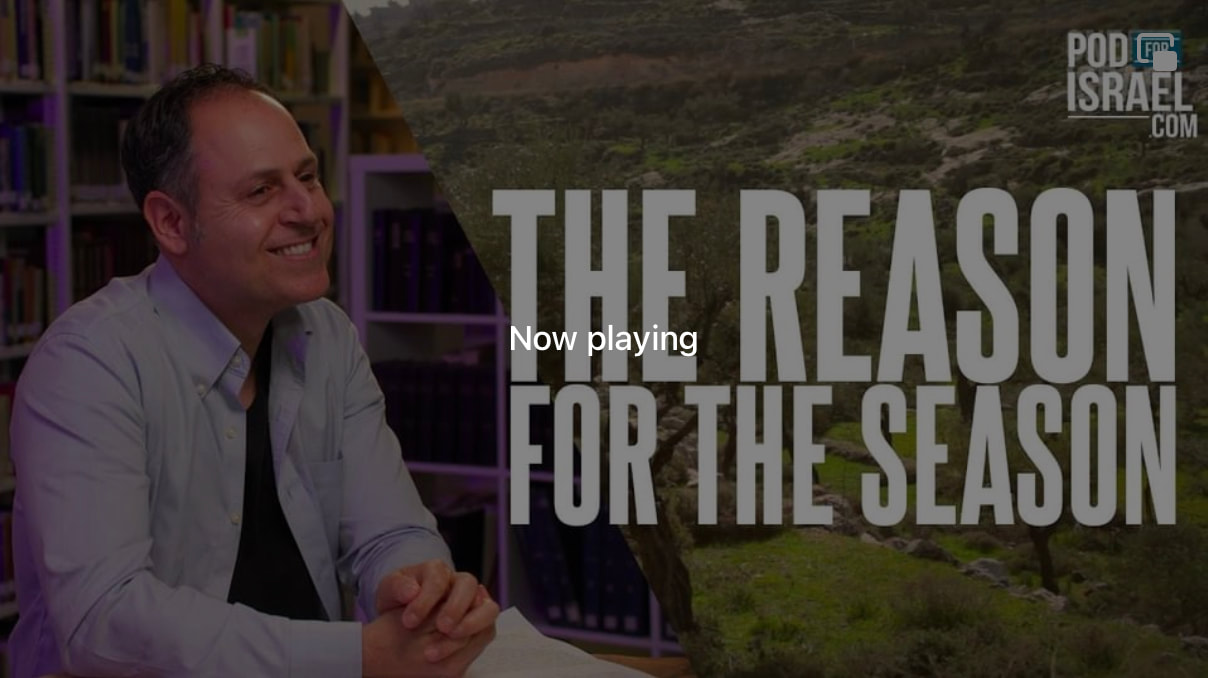 12-25-23 In this episode, we look at why Yeshua was born in Bethlehem. We investigate even more evidence about this event, including from rabbinical sources, and consider what it means that Is it Clear as Mud that He was born in the fields of Bethlehem?! https://x.com/oneforisrael/status/1739358051868578195?s=20 https://fb.watch/paG4efVeIh/? There are three passages of Scripture that pertain specifically to the Time of Joseph and Mary’s betrothal, the consummation of their marriage, and the Birth of Jesus: Matthew 1:18-25; Luke 1:26-56; Luke 2:1-7 Each passage reveals something about their relationship as well as the cultural mores of that time In Bible times, Jewish marriage customs regarding a couple’s engagement were far different and much more stringent than those we are familiar with today, especially in the West. Marriages were arranged by the parents of the bride and groom and often without even consulting the couple to be married. A contract was prepared in which the groom’s parents paid a bride price. Such a contract was immediately deemed binding, with the couple considered married even though the actual ceremony and consummation of the marriage would not occur for as long as a year afterwards. The time between was a sort of testing of fidelity with the couple having little, if any, contact with each other It was during this betrothal period that the angel Gabriel visited Mary and told her of her impending pregnancy. It’s no small wonder that Mary was so inquisitive of the angel; she was still a virgin and would know no man sexually for several months, maybe as long as a year or more (Matthew 1:18; Luke 1:34). Joseph soon became aware of Mary’s pregnancy, and this no doubt was cause for consternation on his part: “Because Joseph her husband was a righteous man and did not want to expose her to public disgrace, he had in mind to divorce her quietly” (Matthew 1:19). Jewish custom allowed that they be considered as husband and wife, though the marriage had not yet been consummated. The point is being made that Joseph and Mary had experienced no sexual contact with each other, as verse 18 “before they came together” points out. So, Joseph was in a quandary. Jewish law provided that his betrothed, because of her unfaithfulness, could be placed before the elders for judgment and stoned to death. But he was thinking to just put her away quietly without public knowledge. Betrothals or marriage engagements in those ancient times were binding and could only be terminated by an official divorce decree. It was then that the angel appeared to Joseph in a dream (Matthew 1:20-25) and explained to him that all this was bringing about the fulfillment of prophecy that a virgin would bear a child who was to be the Savior (Isaiah 7:14), and “he [Joseph] did what the angel of the Lord had commanded him and took Mary home as his wife. But he had no union with her until she gave birth to a son. And he gave him the name Jesus.” Luke 2:1-7 also confirms the idea that Joseph and Mary, though betrothed, were considered as husband and wife by Jewish customs even though the actual marriage ceremony had not been fully effectuated. So, Joseph and Mary were actually legally married before the birth of Jesus though their marriage was not consummated physically until after His birth. |
Categories |
ArchivesNo Archives |
|
|
|
|
|
|
Paragraph. Clicca qui per modificare.
|
Paragraph. Clicca qui per modificare.
|
Paragraph. Clicca qui per modificare.
|
Paragraph. Clicca qui per modificare.
|
Paragraph. Clicca qui per modificare.
|
|

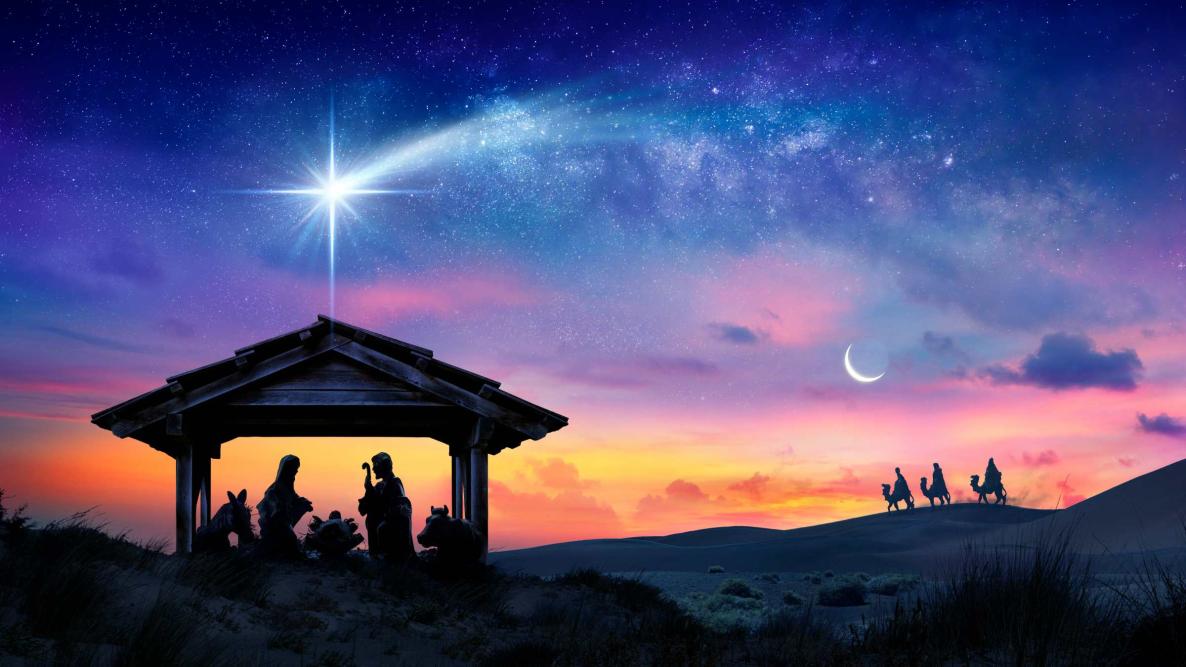




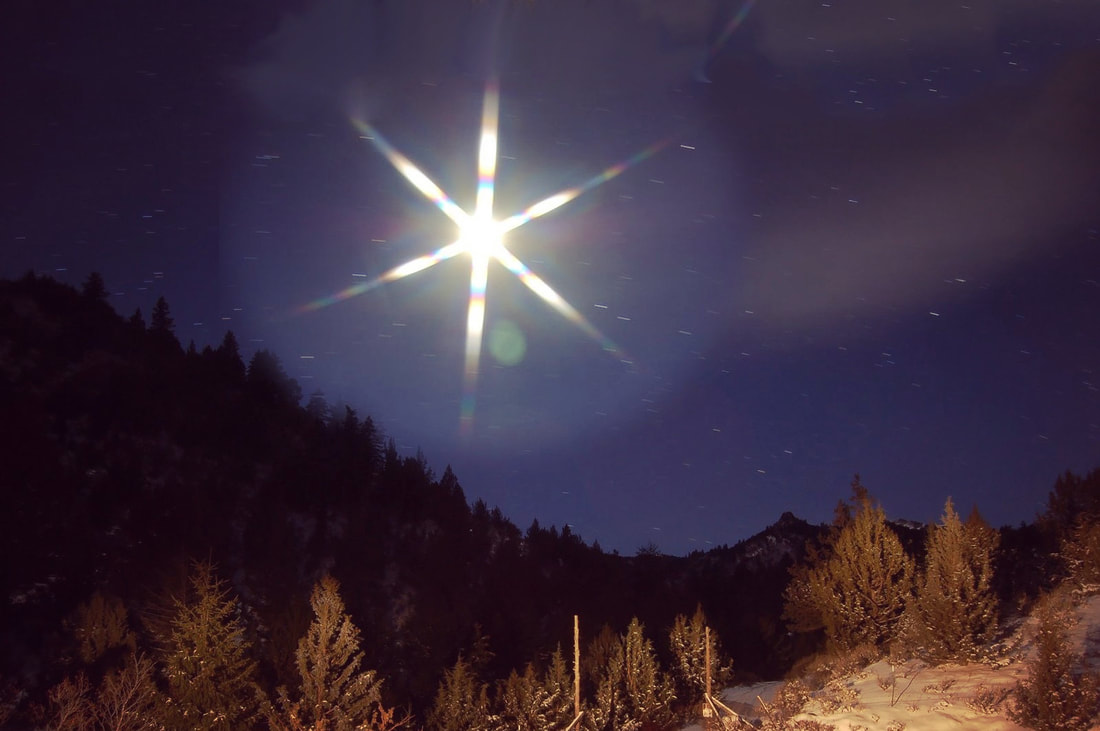

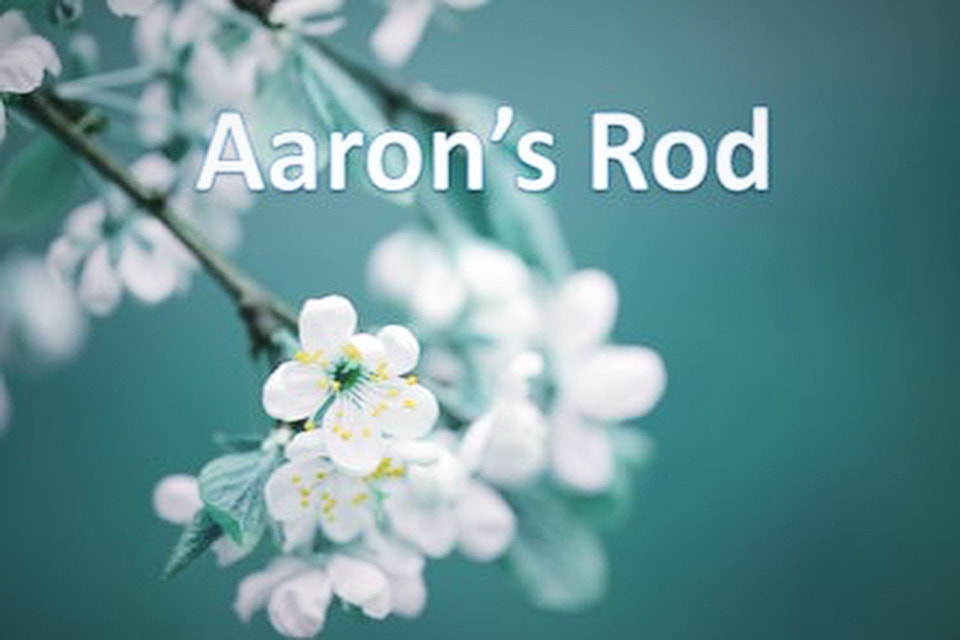
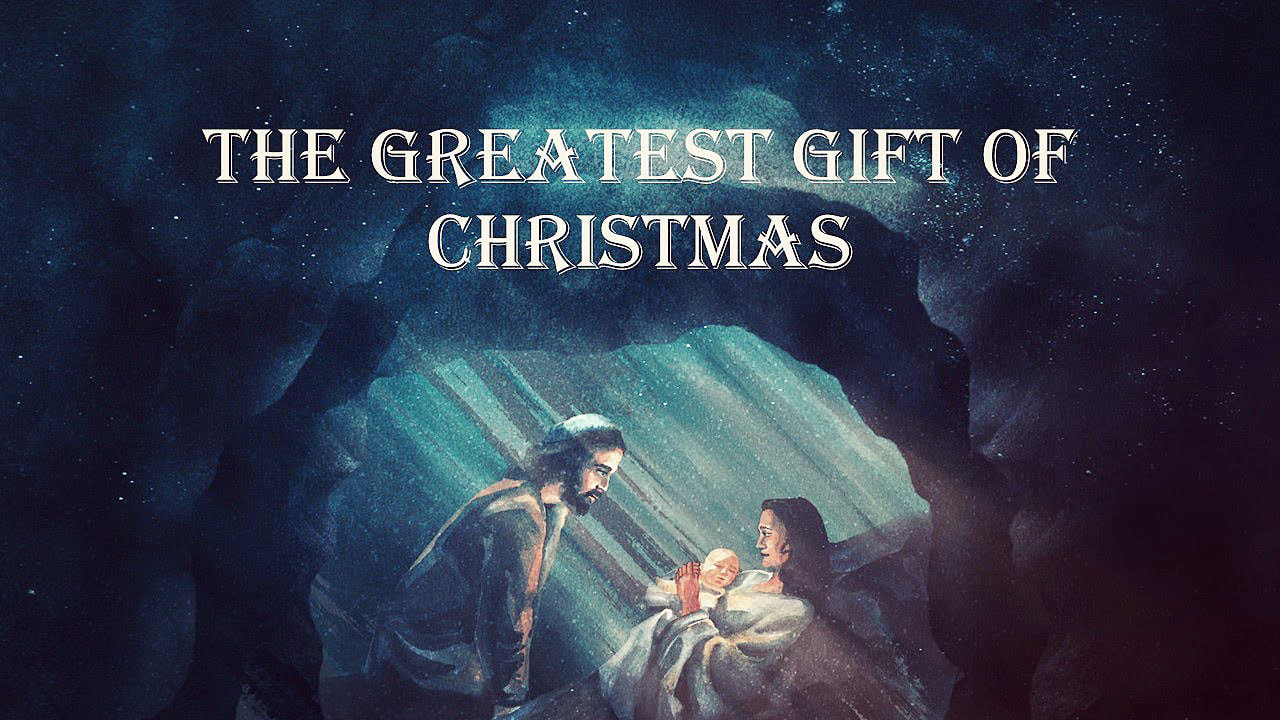

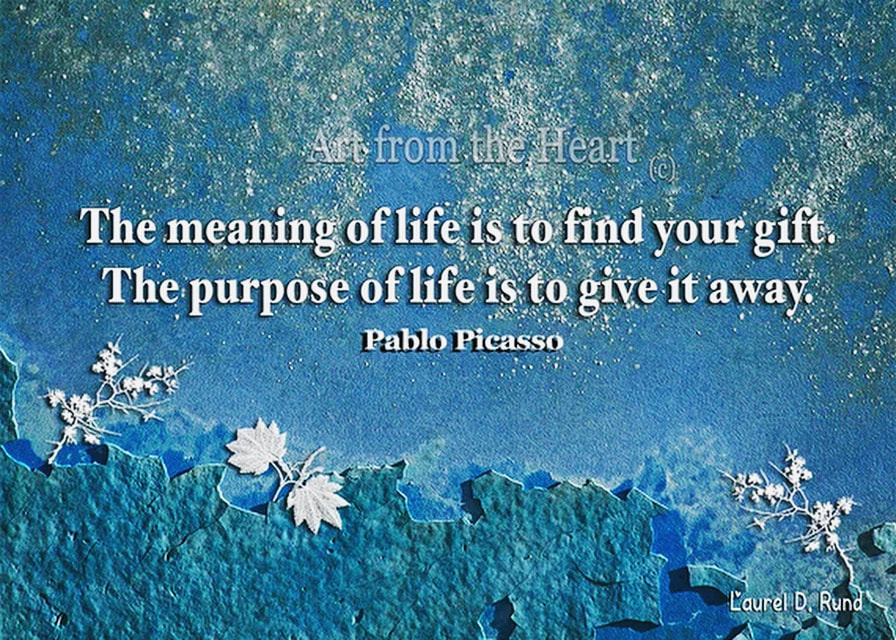


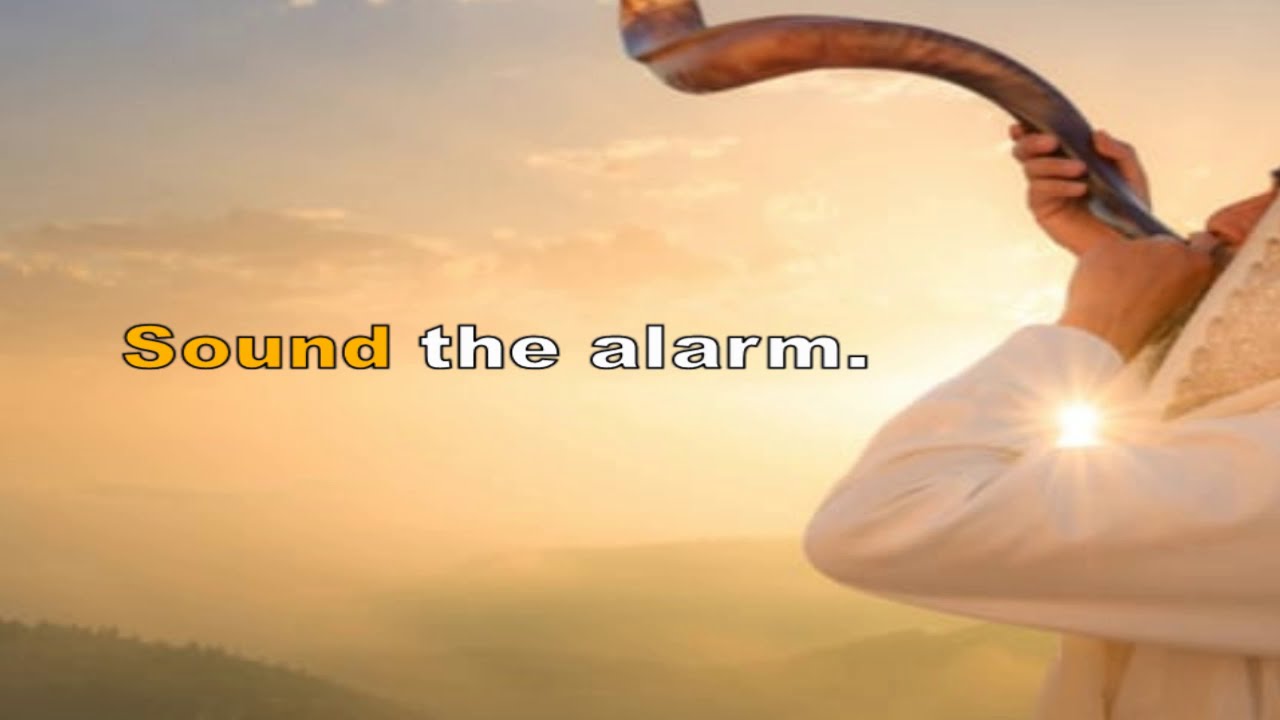

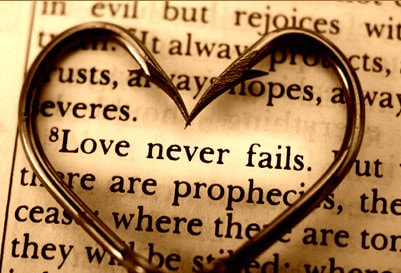

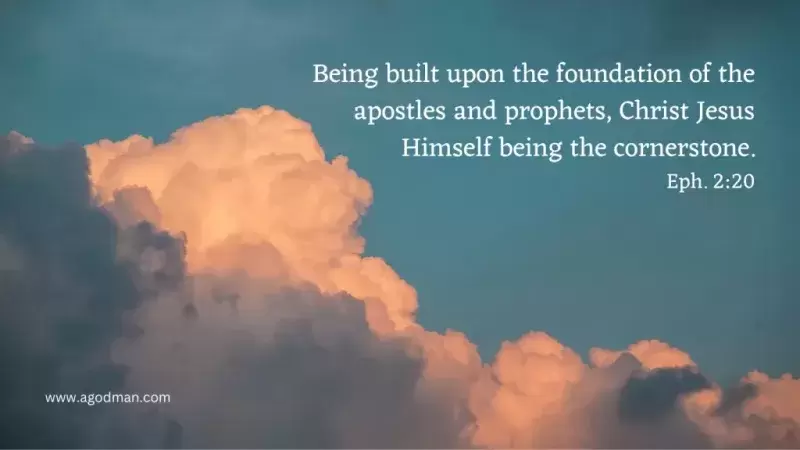

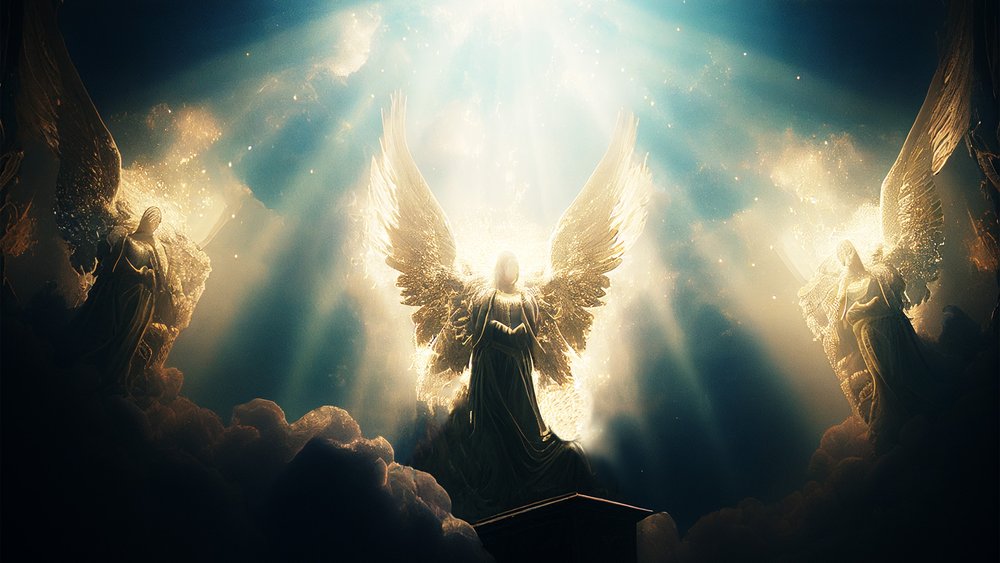
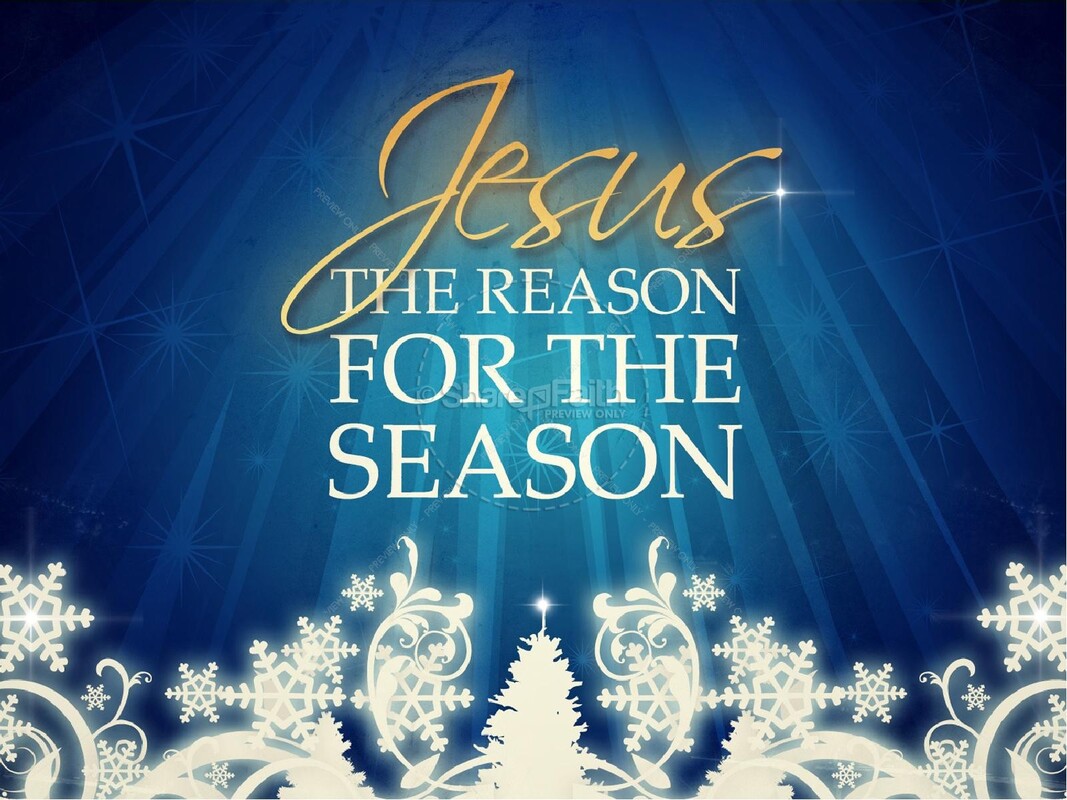

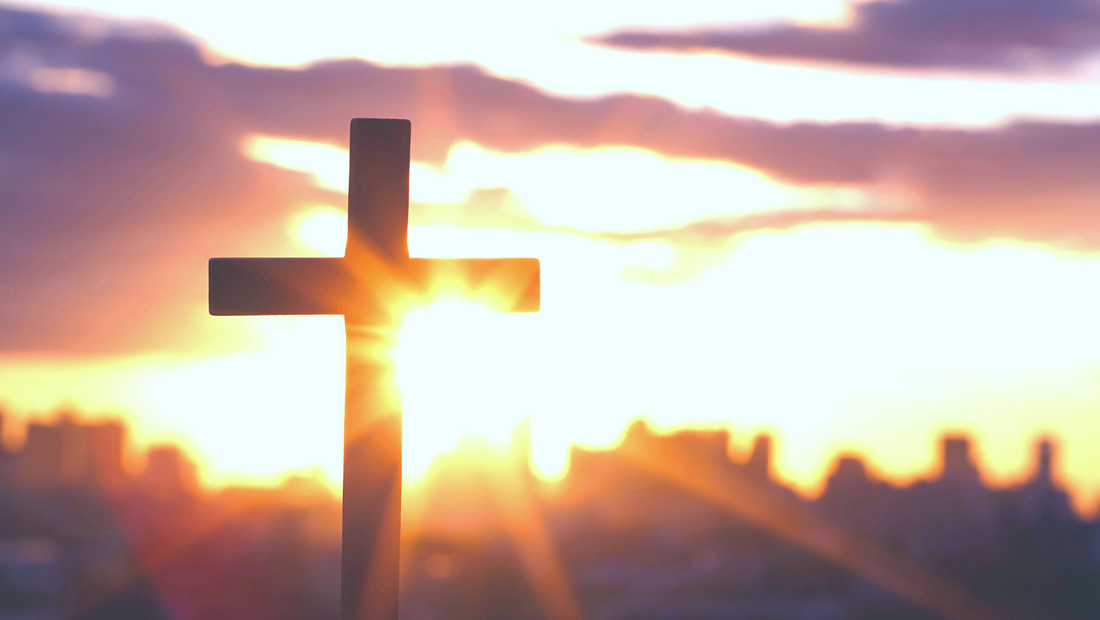

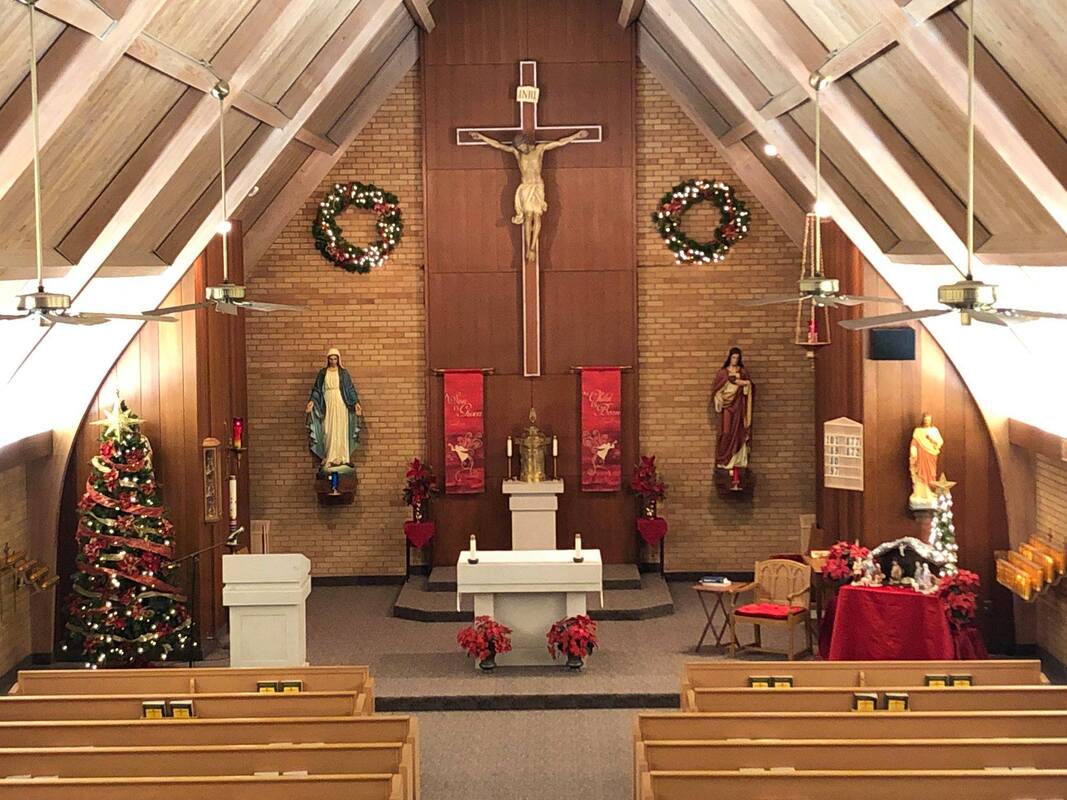


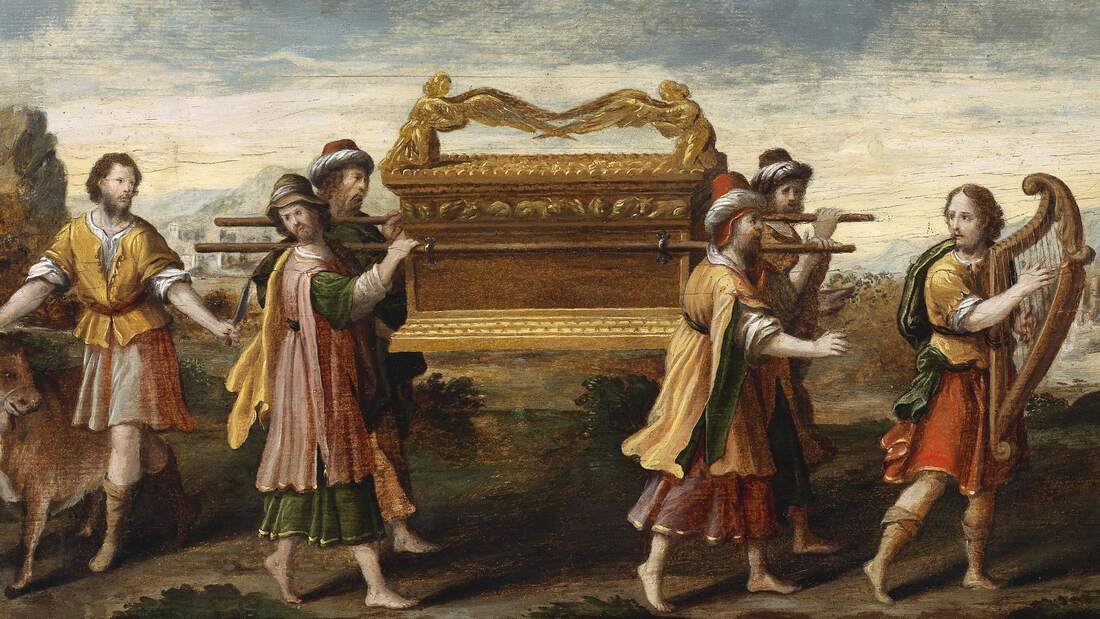

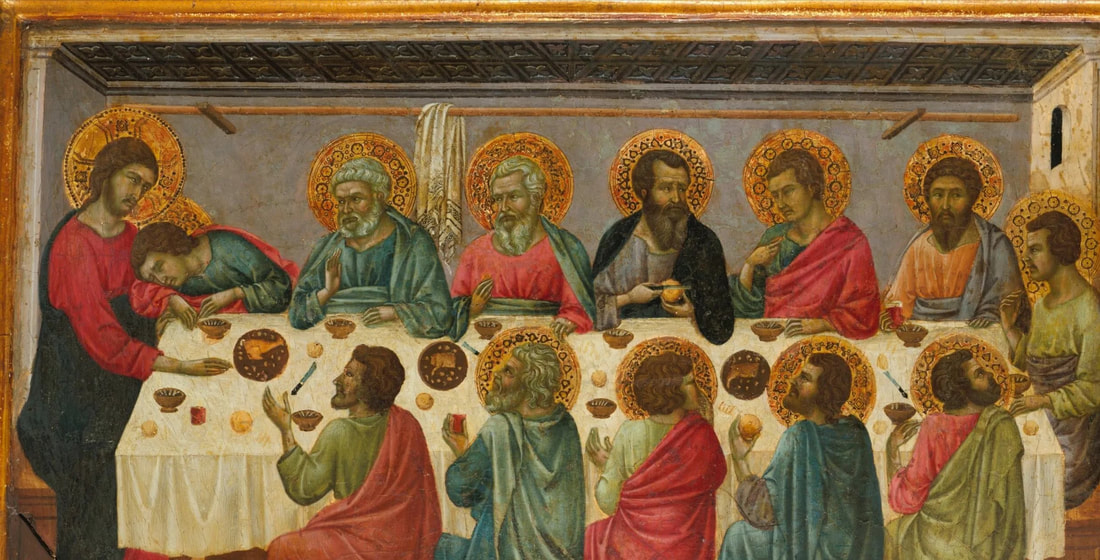
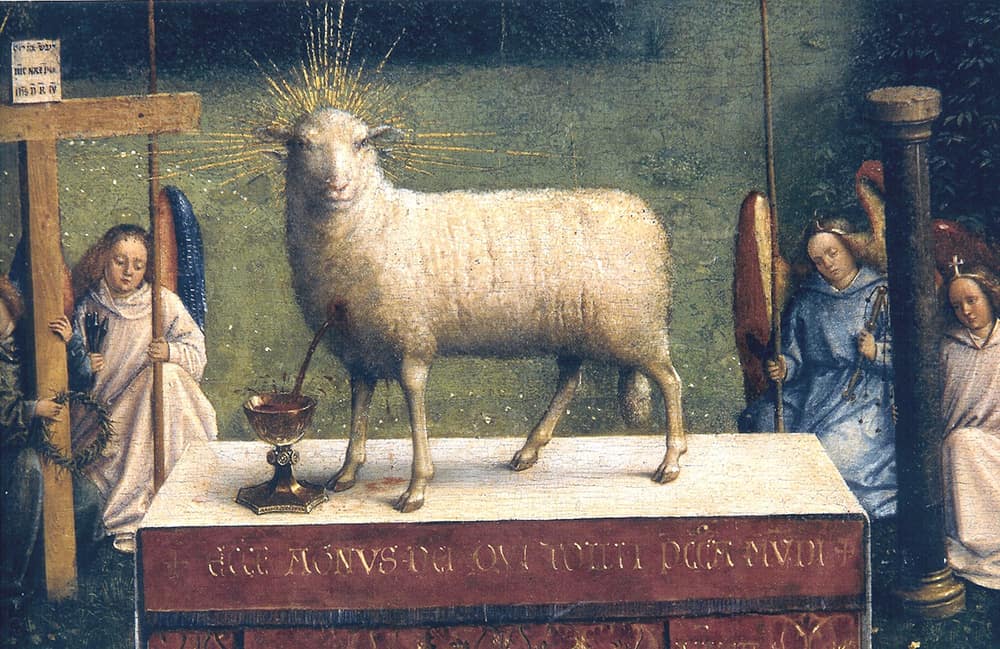



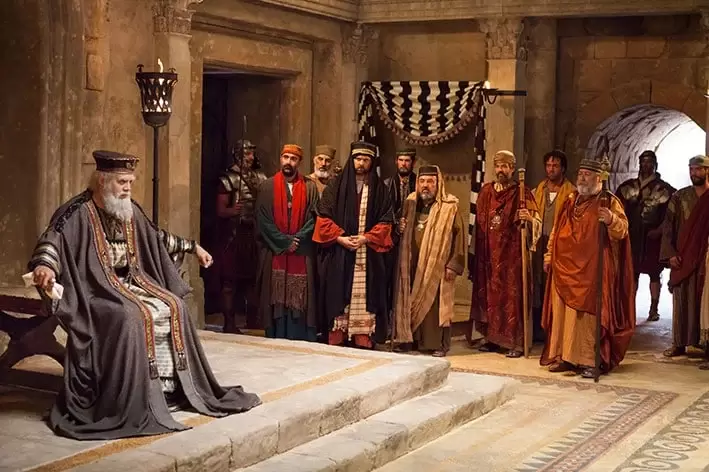
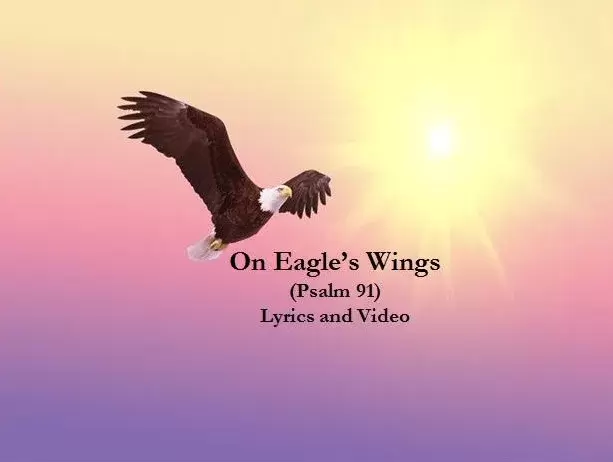


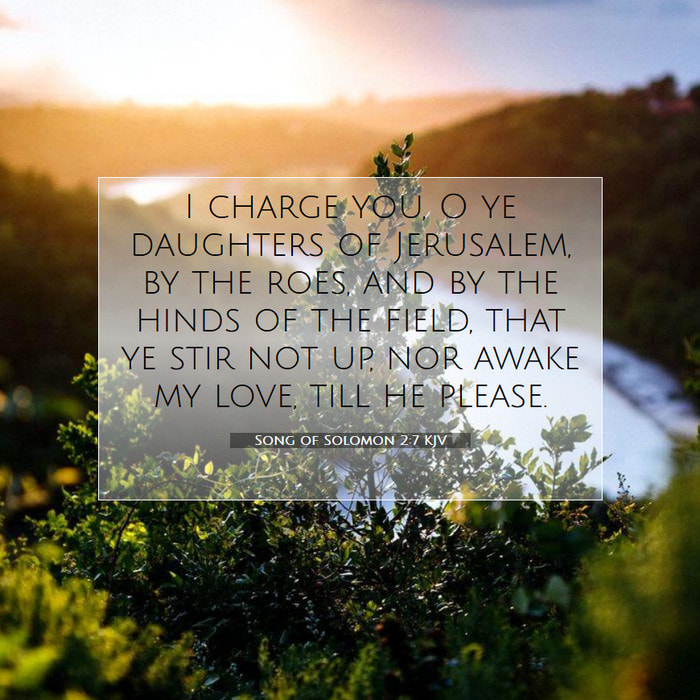




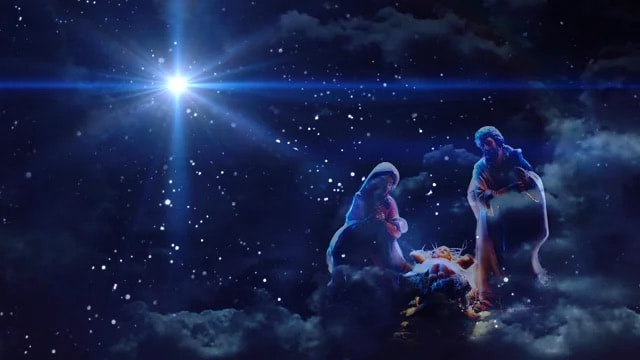
 RSS Feed
RSS Feed

